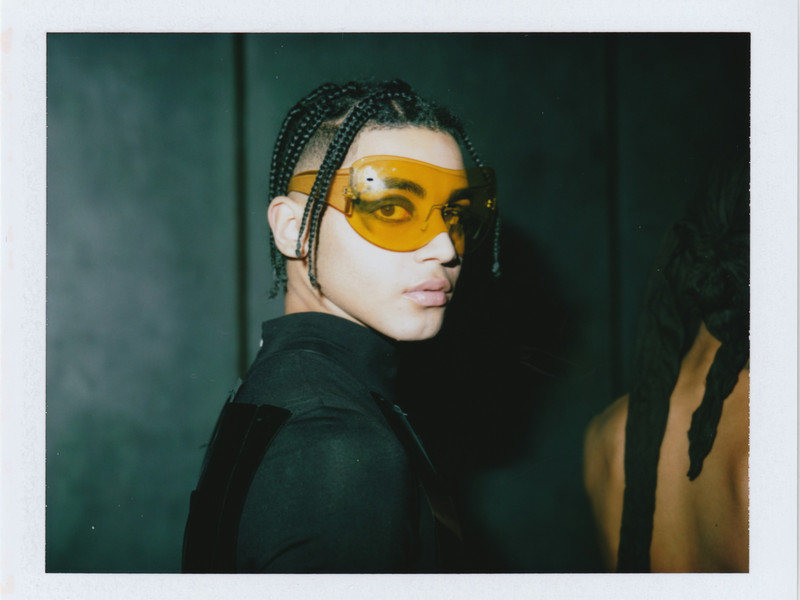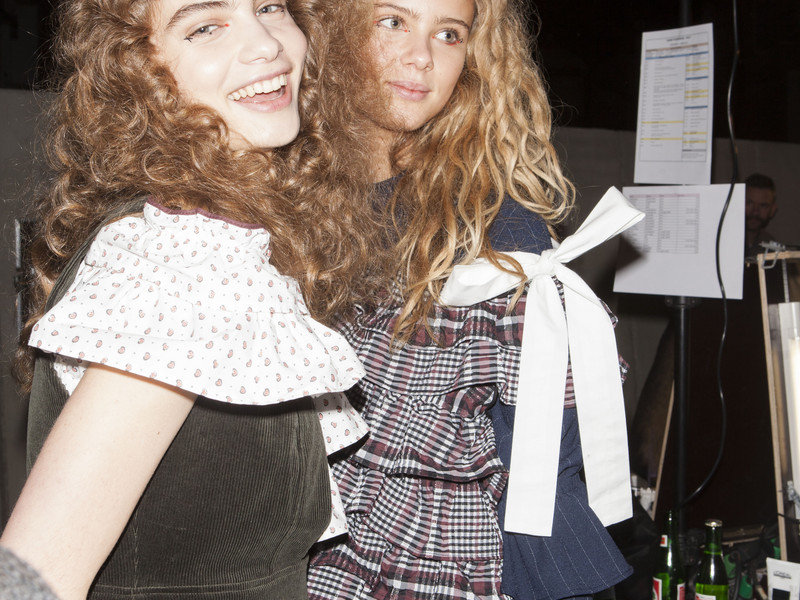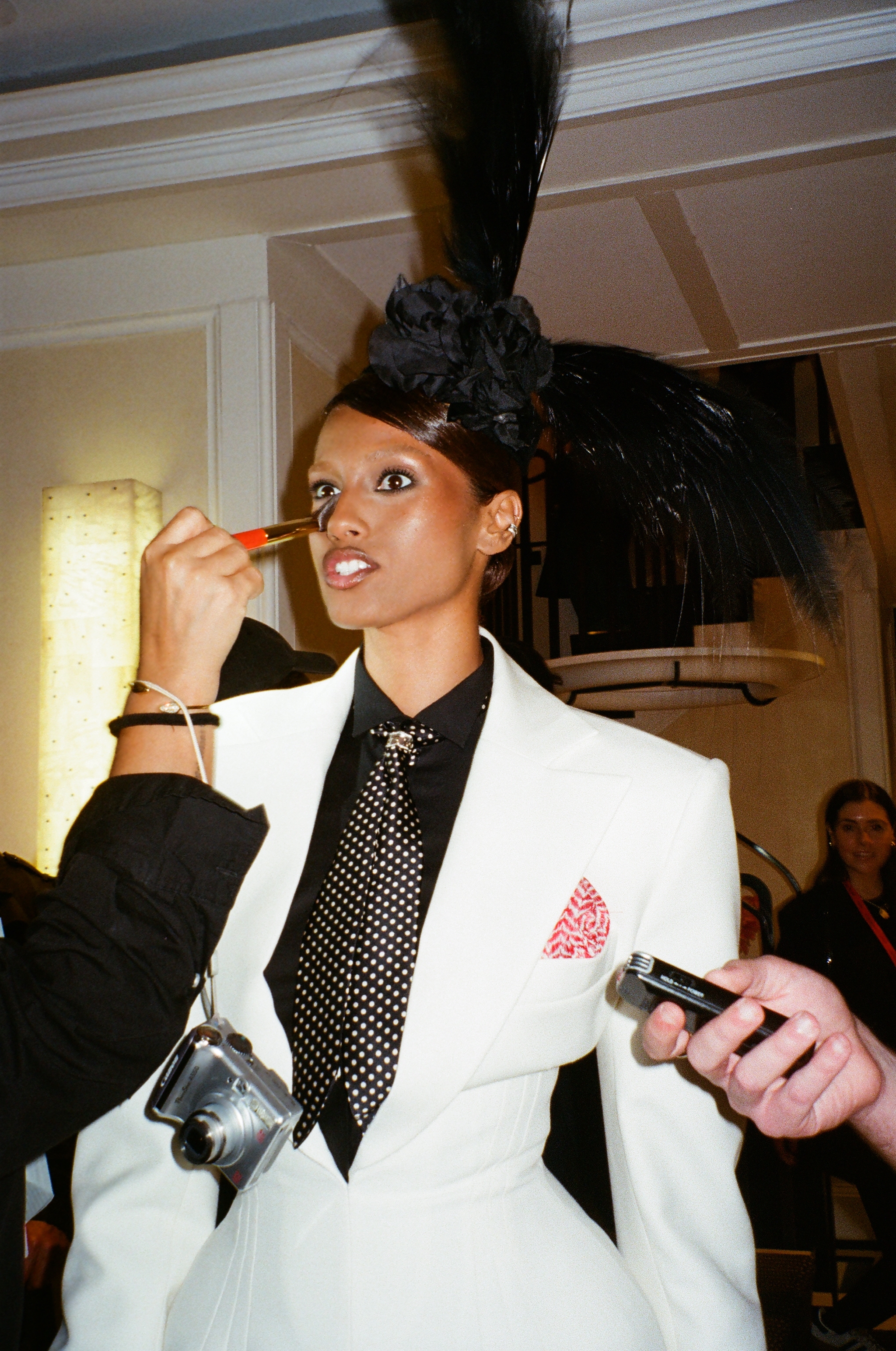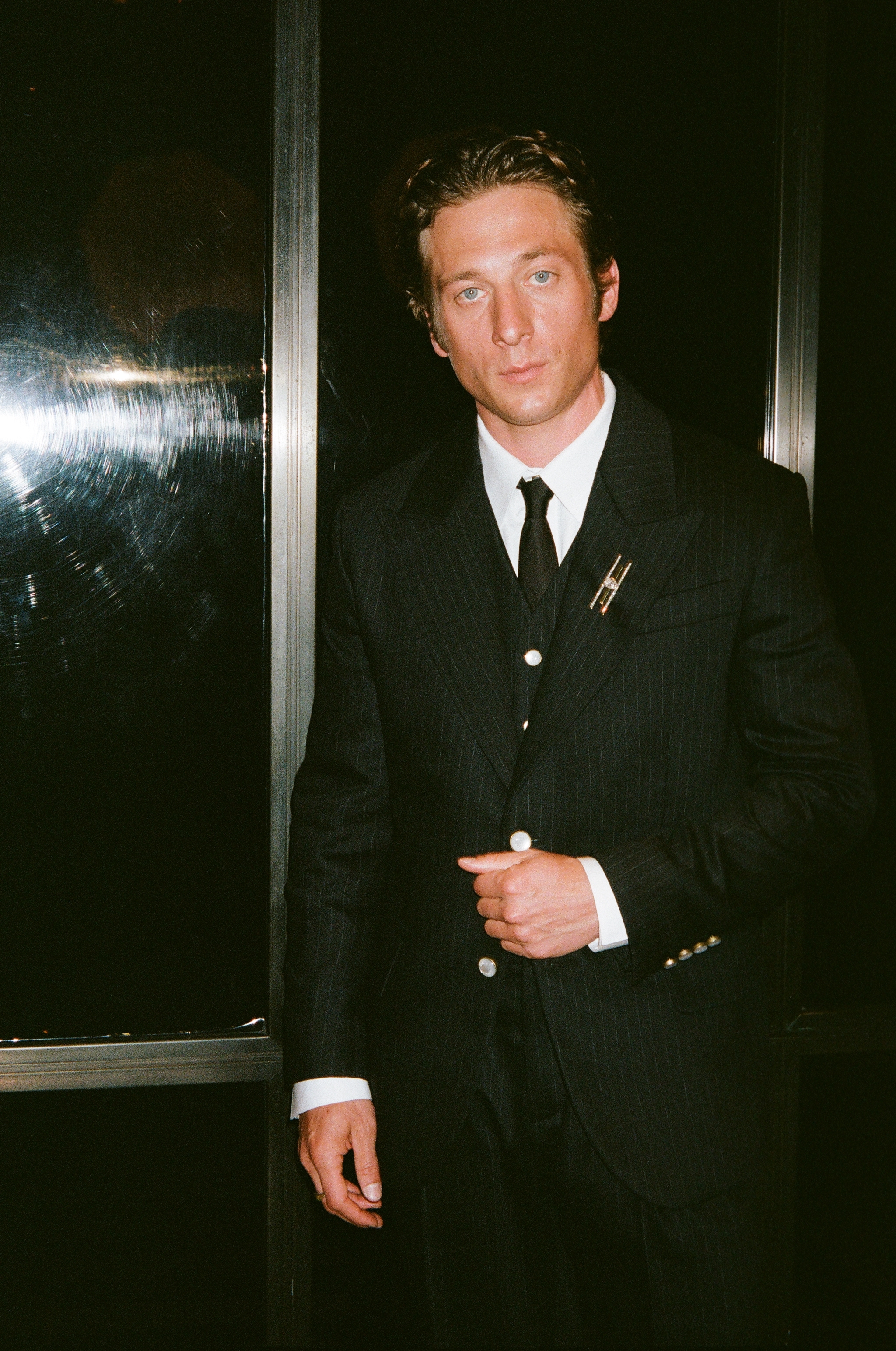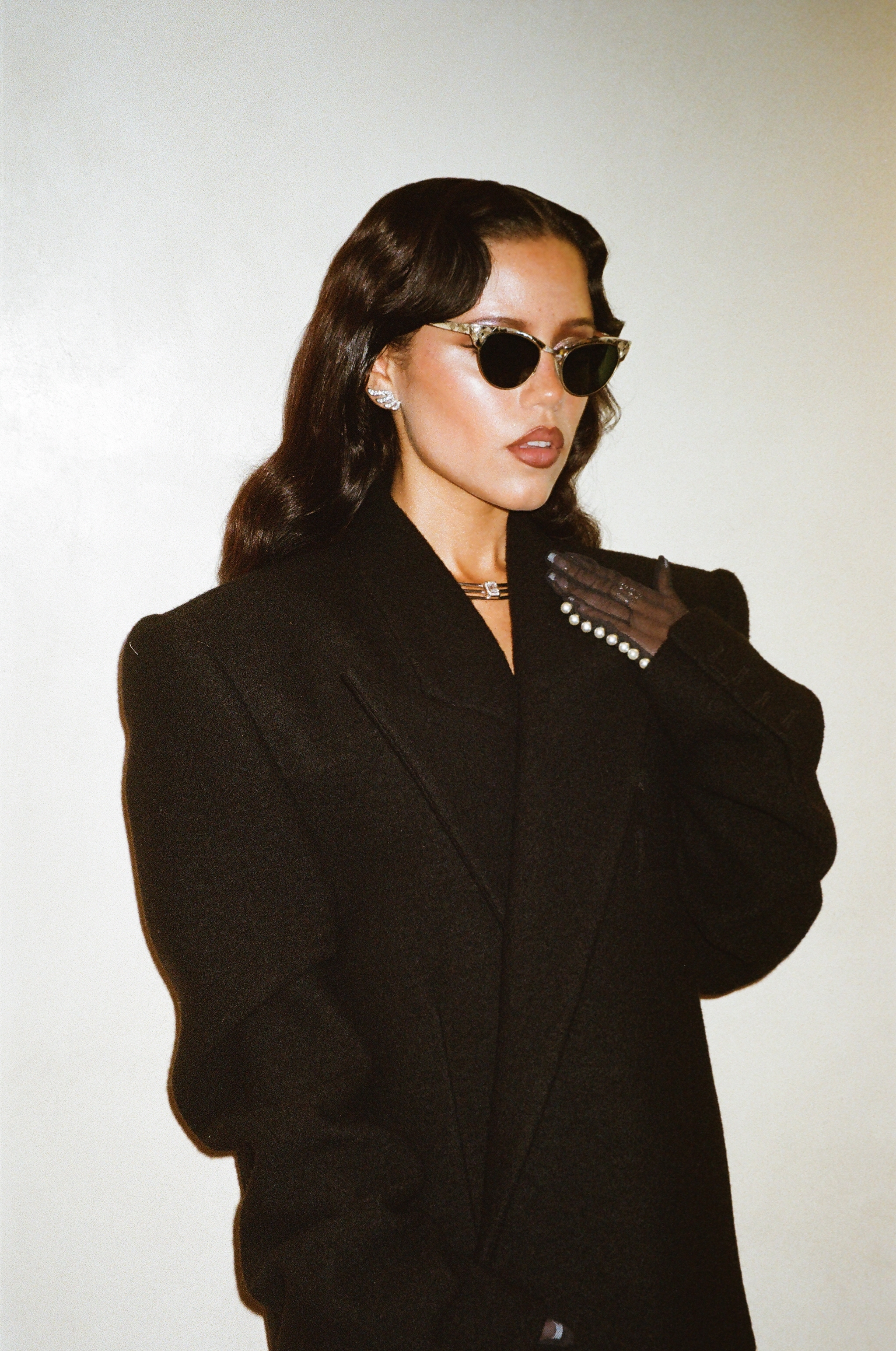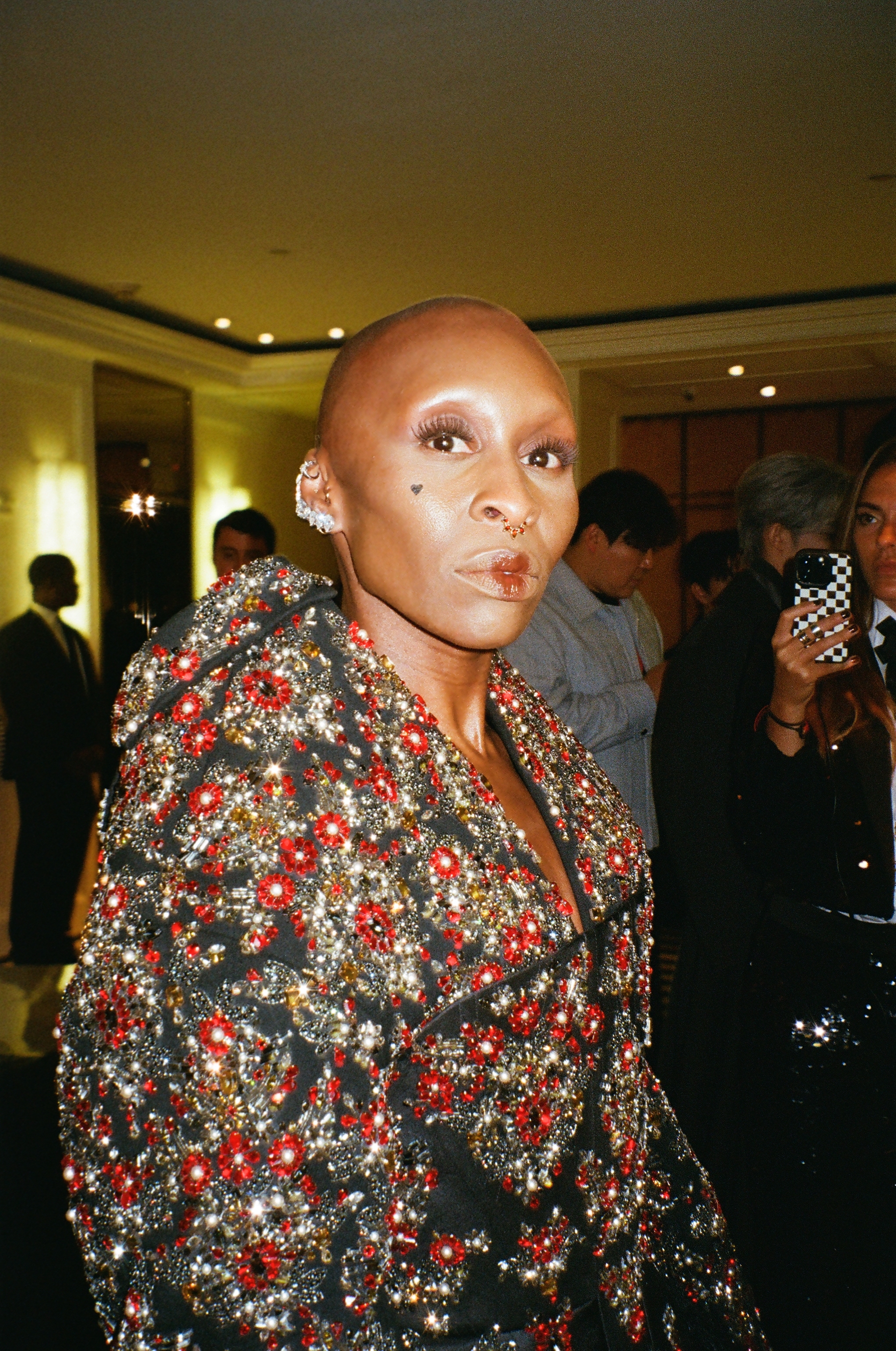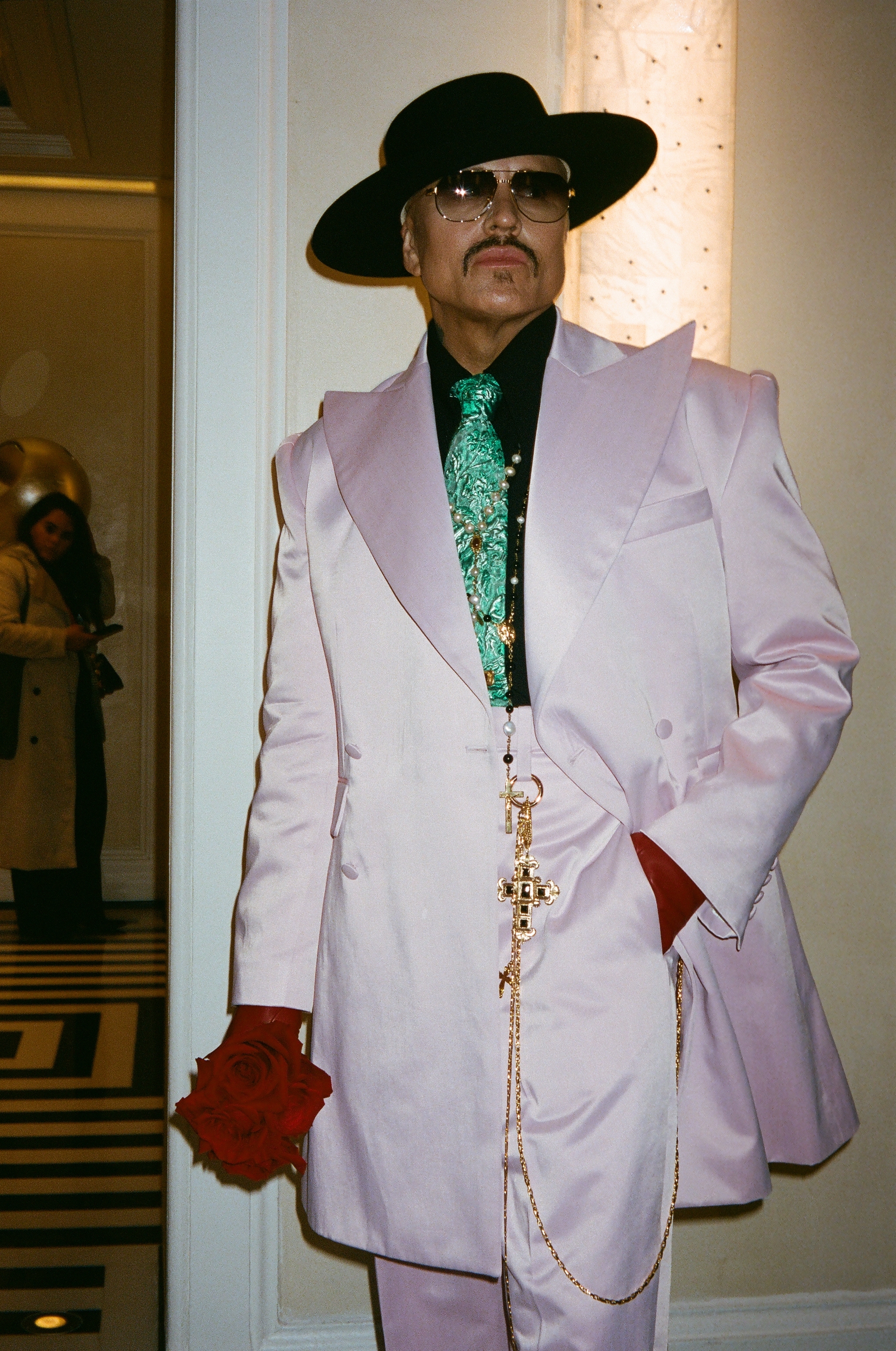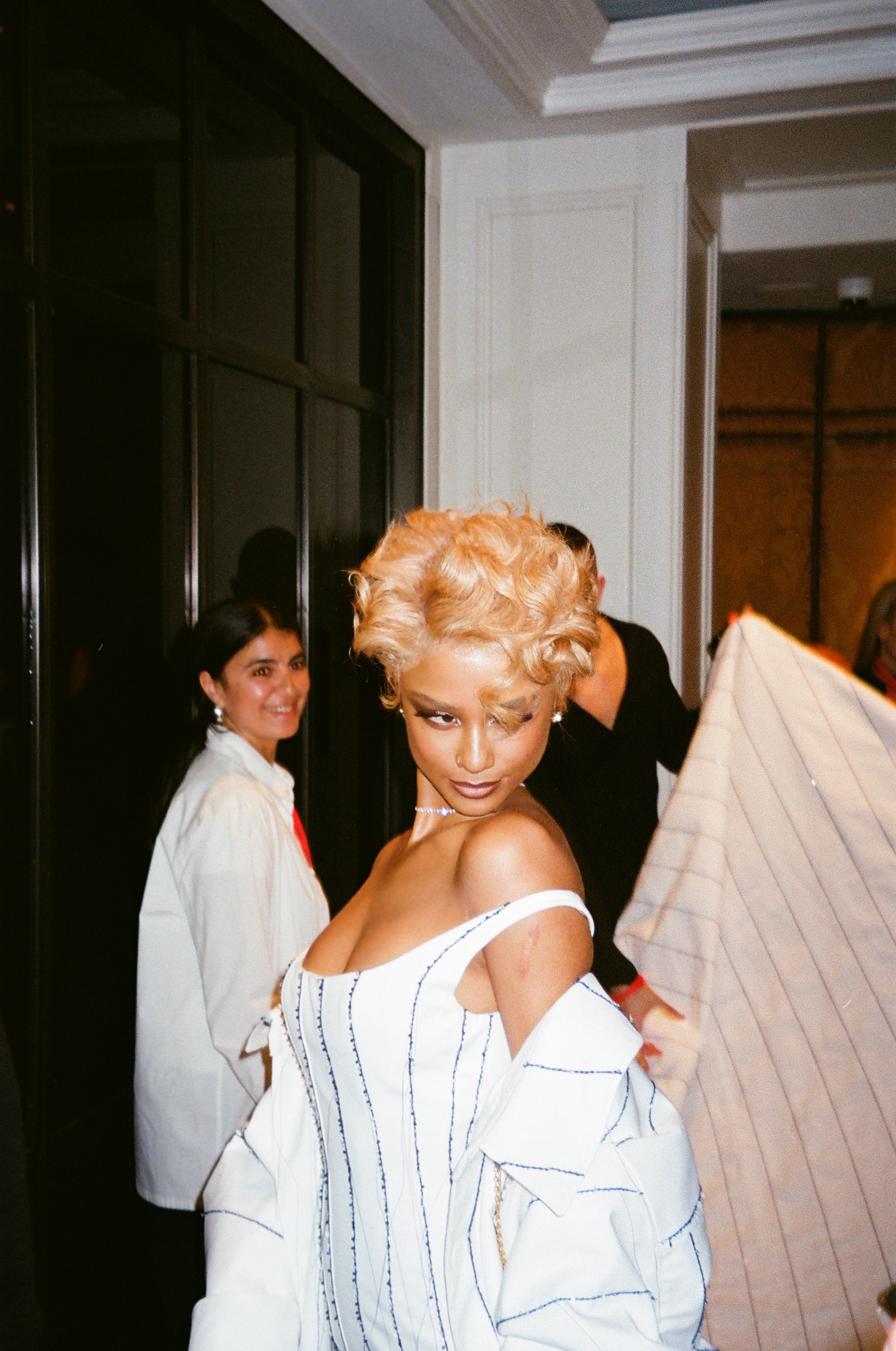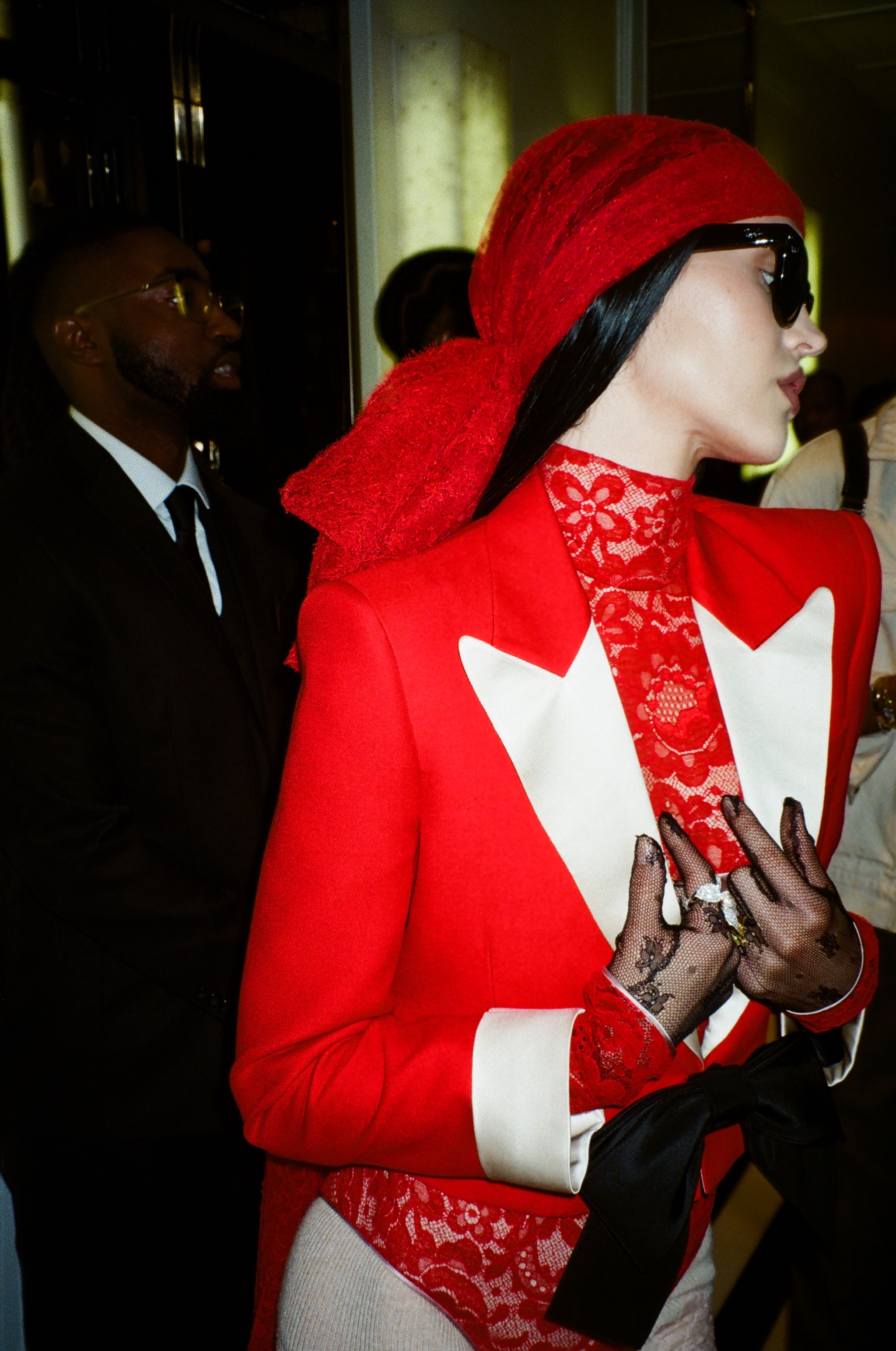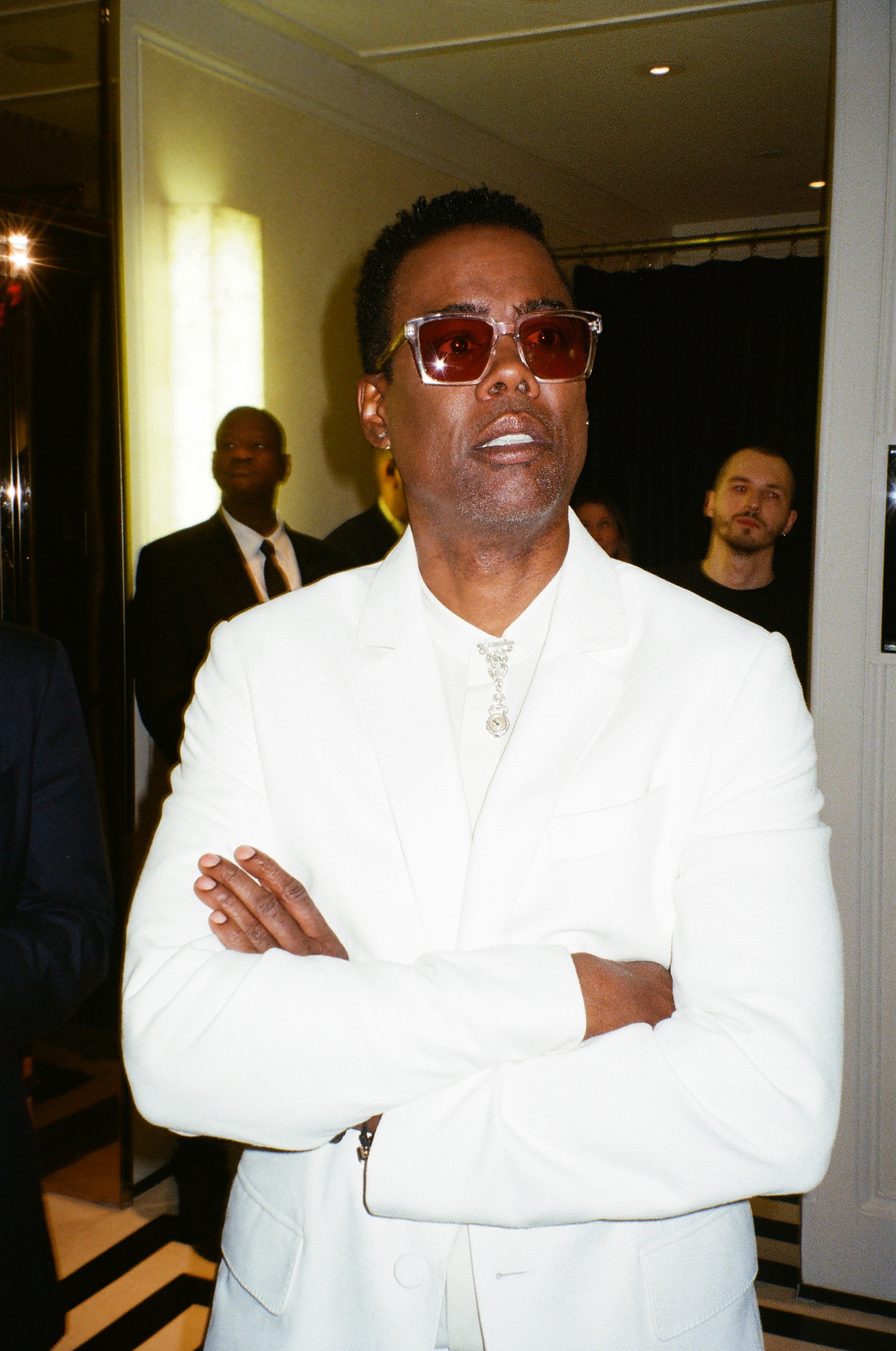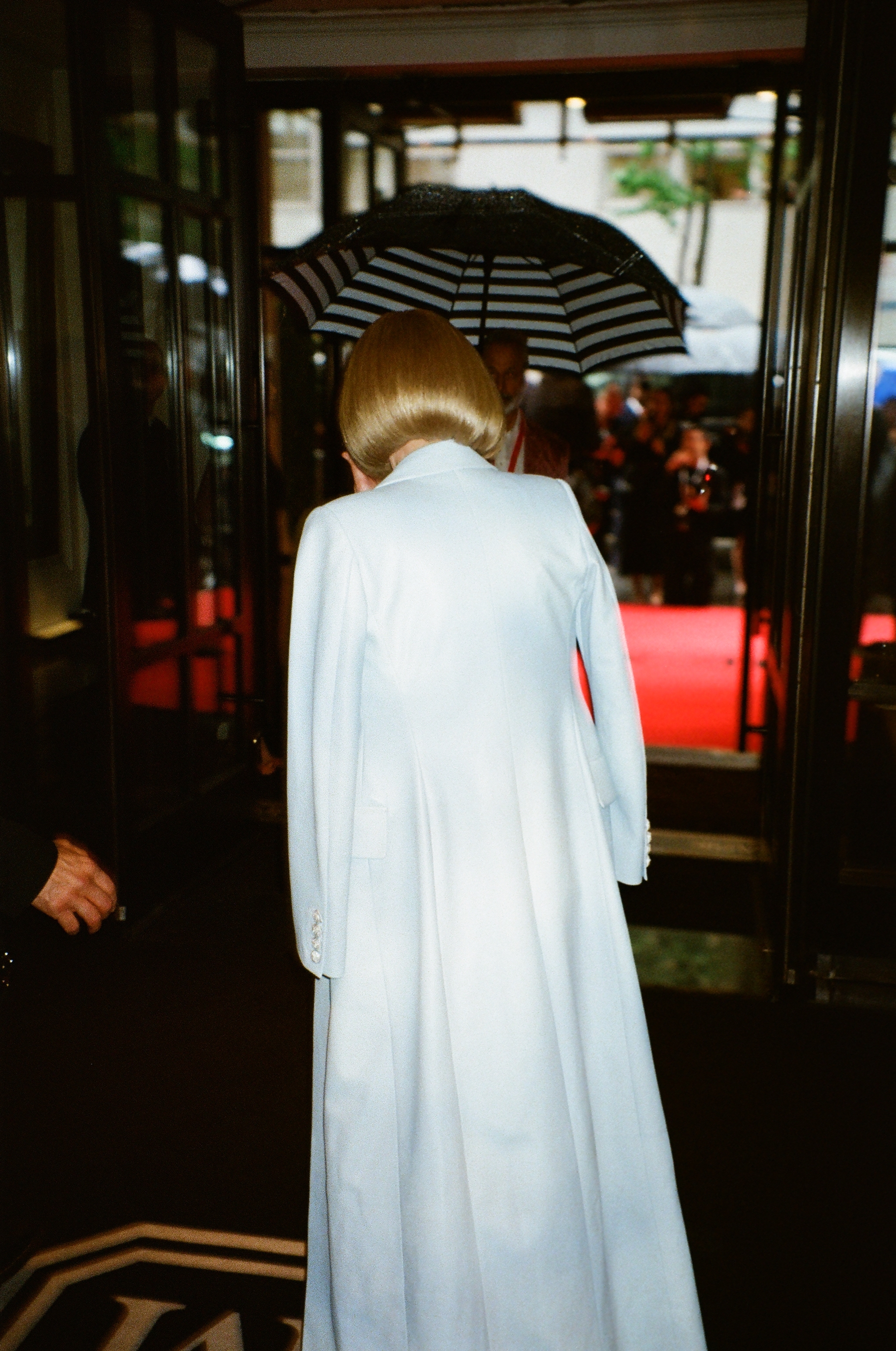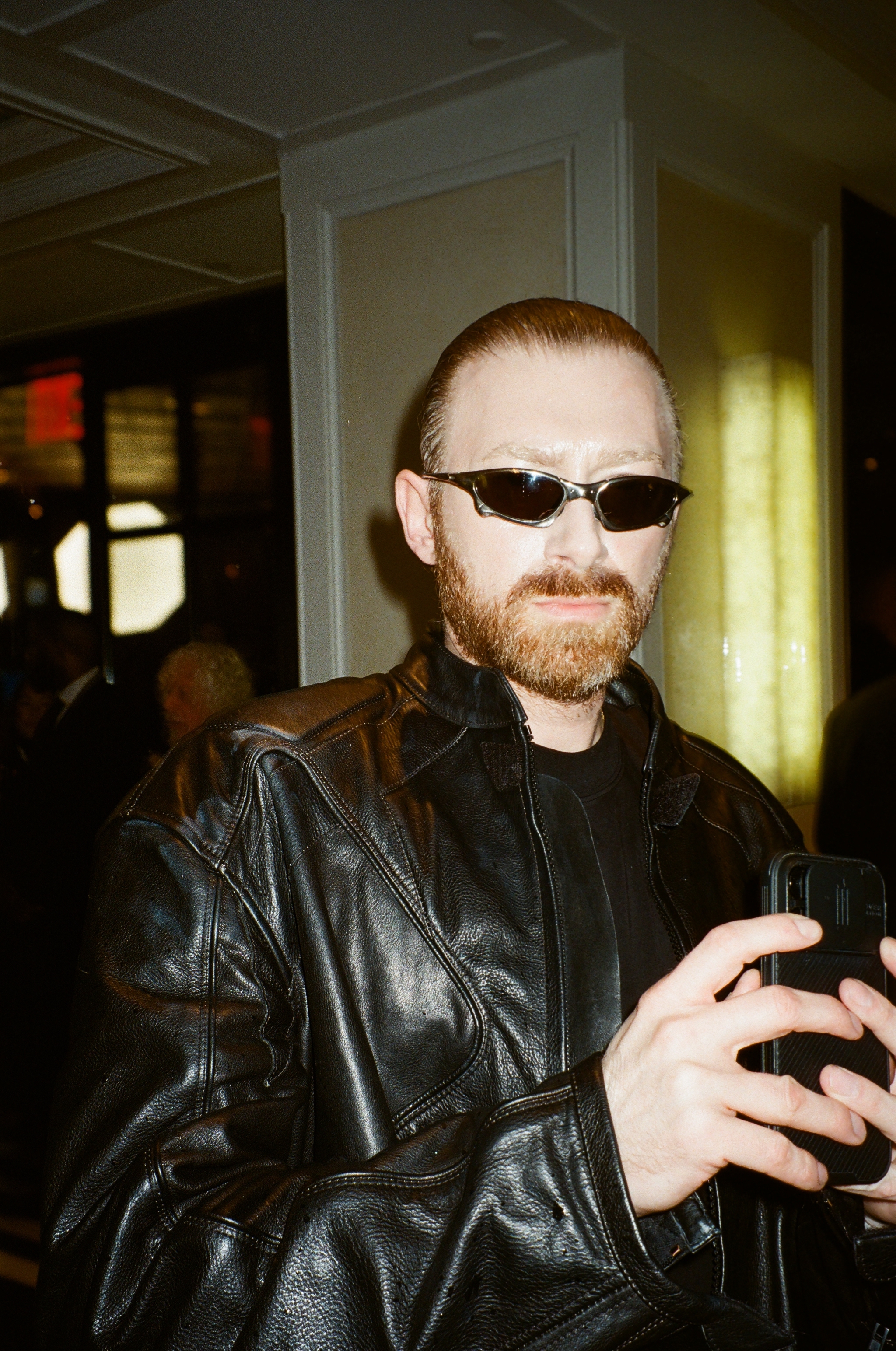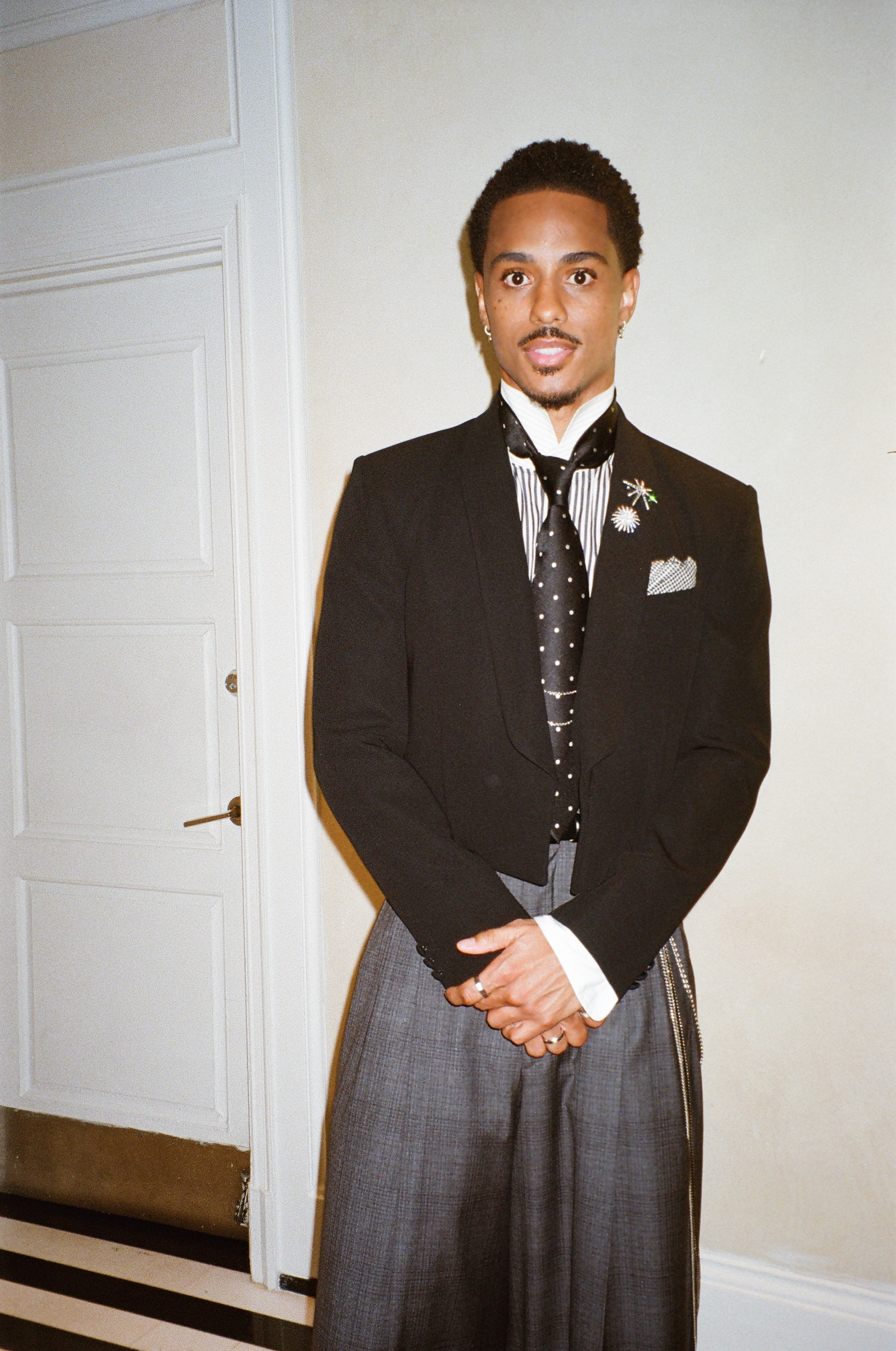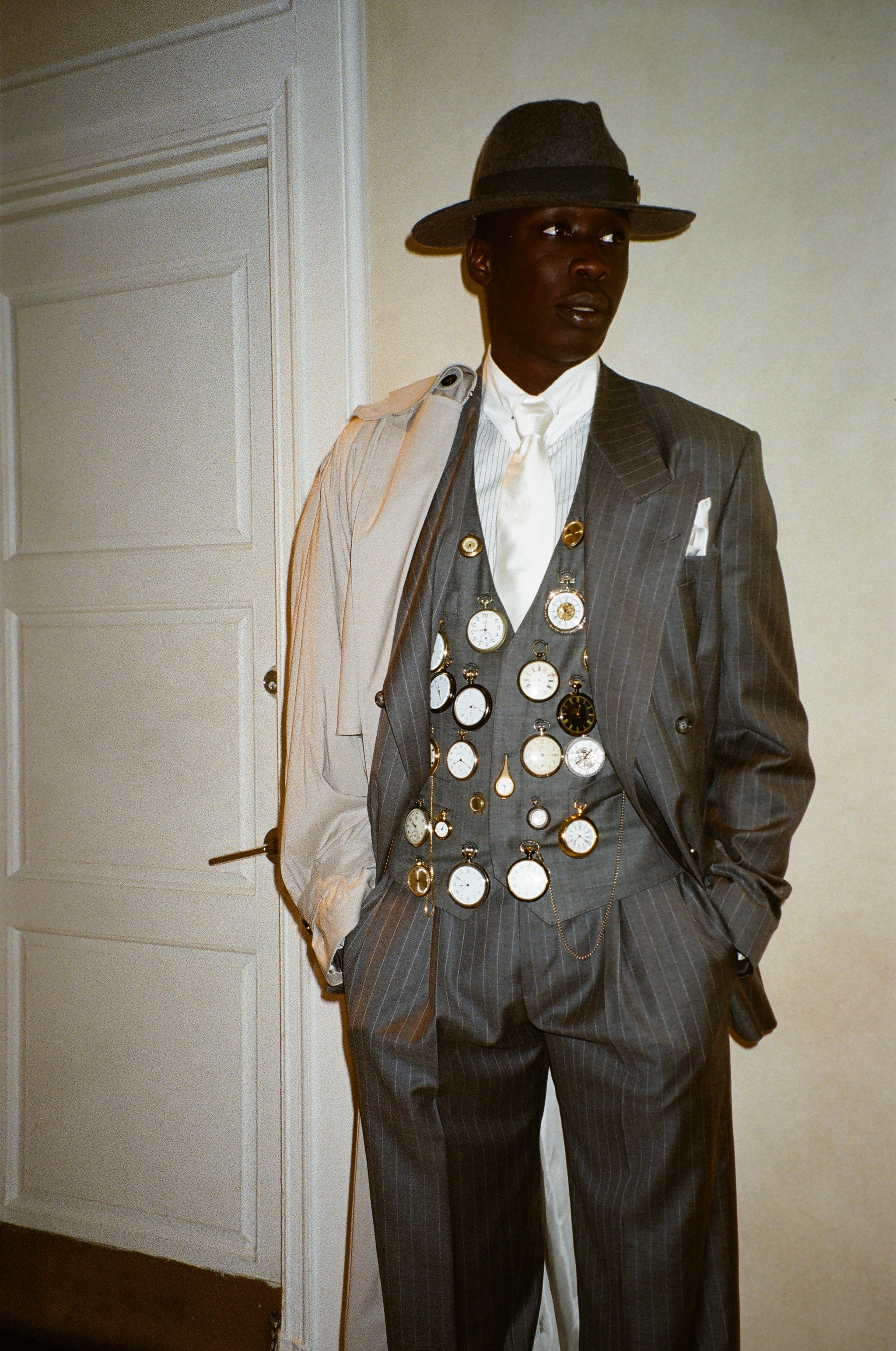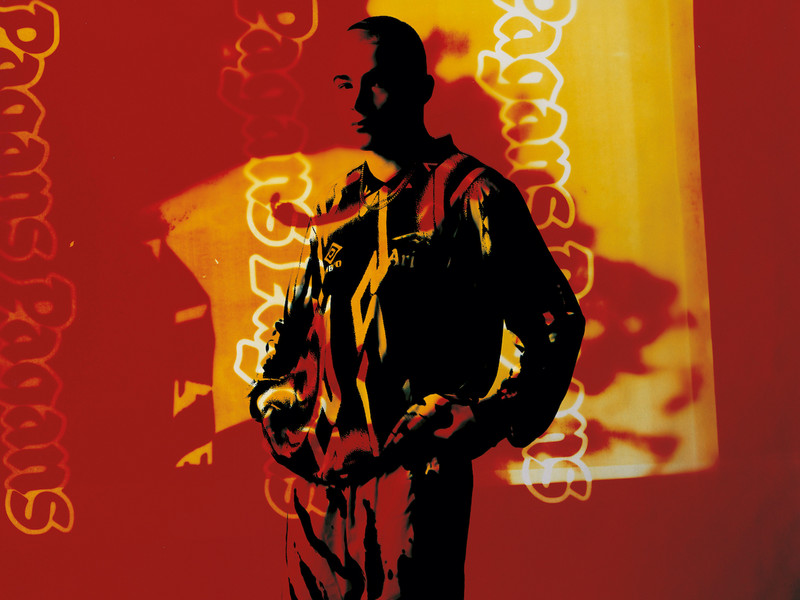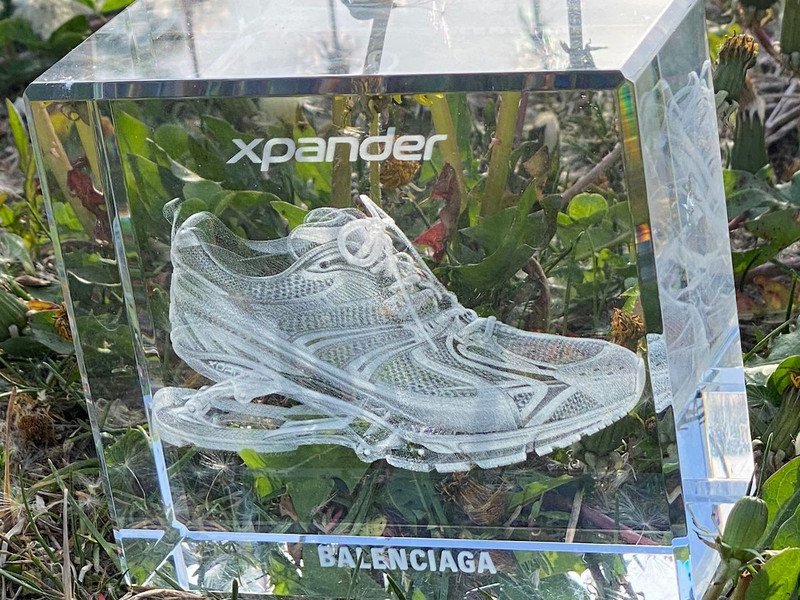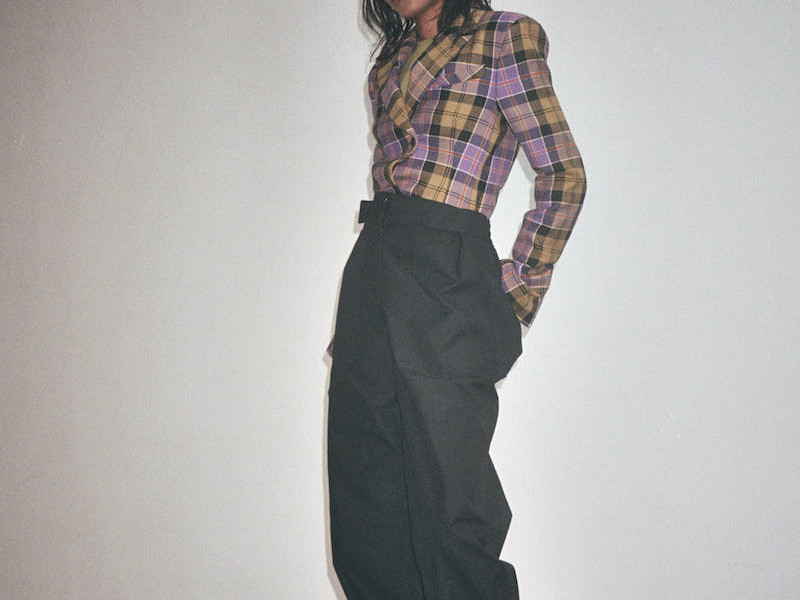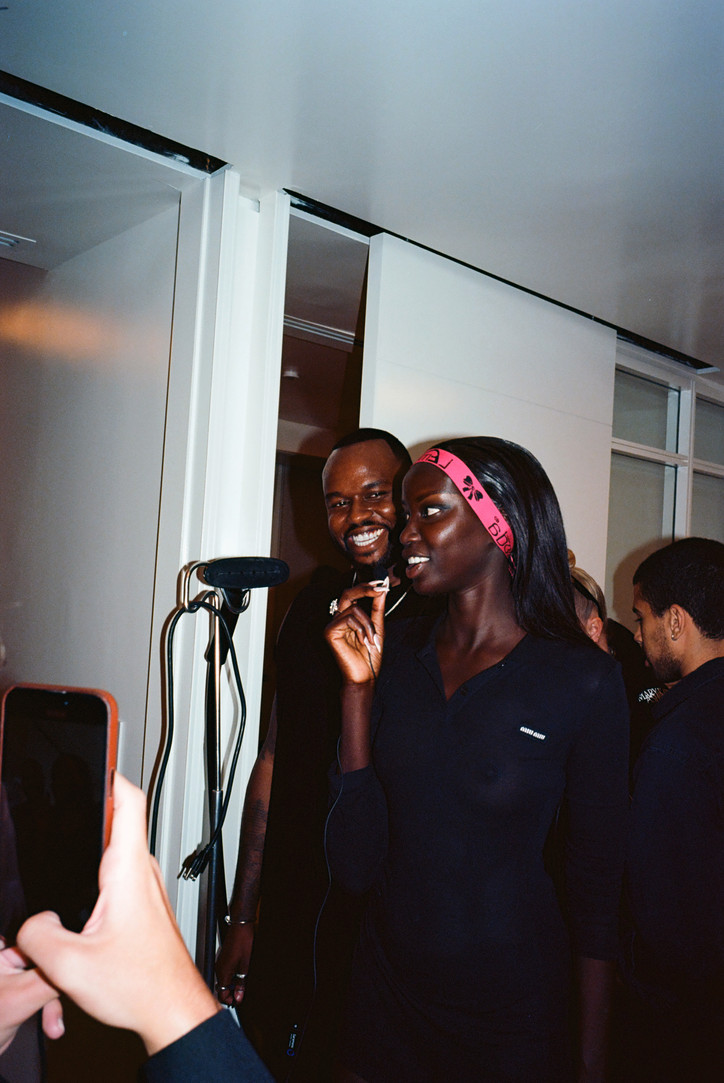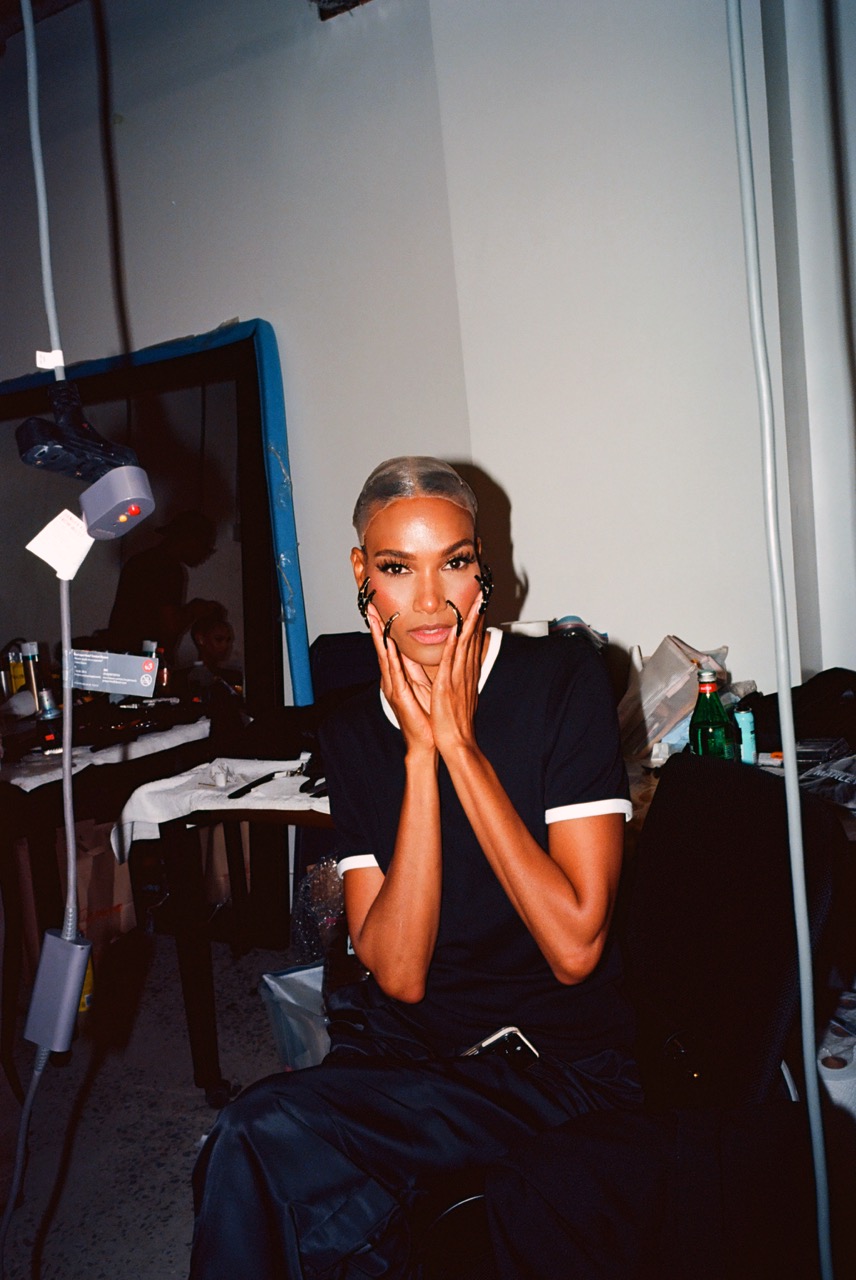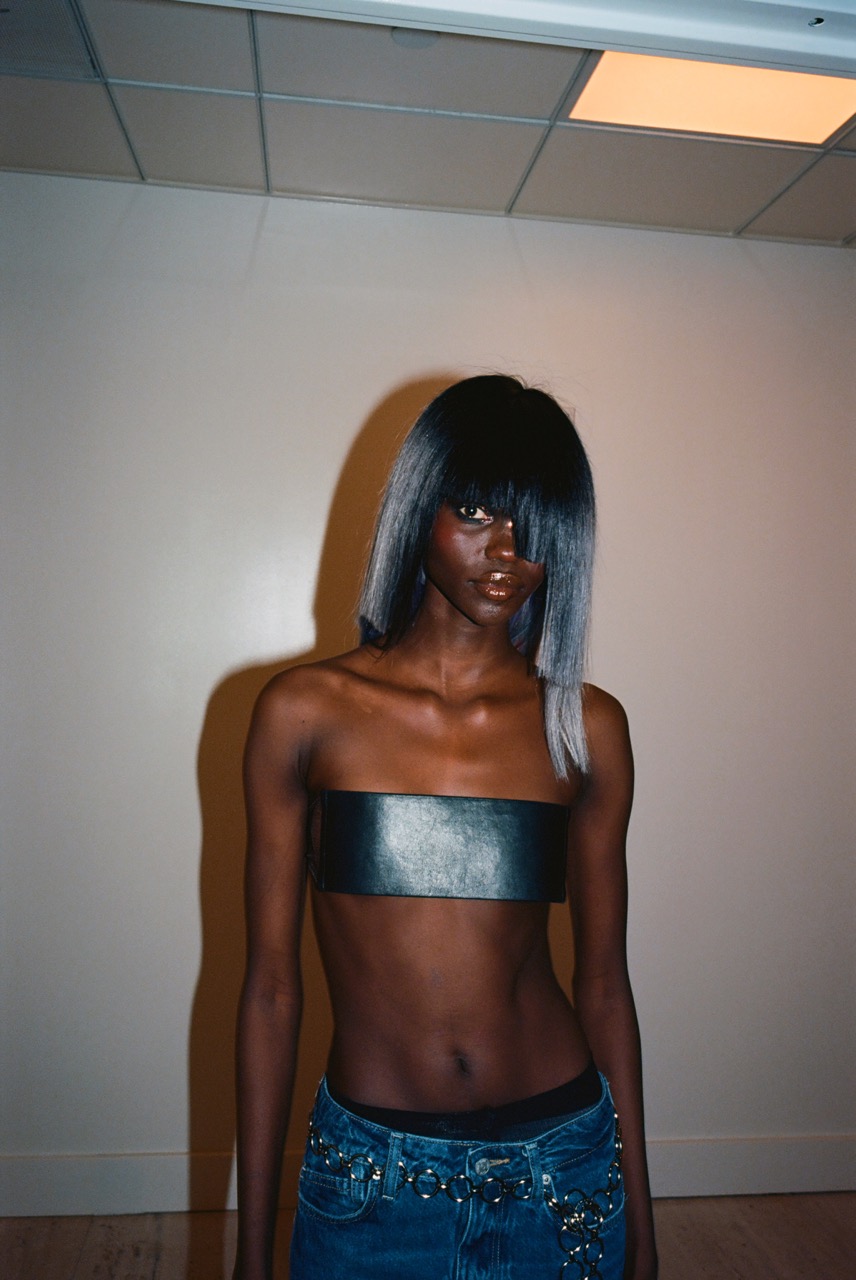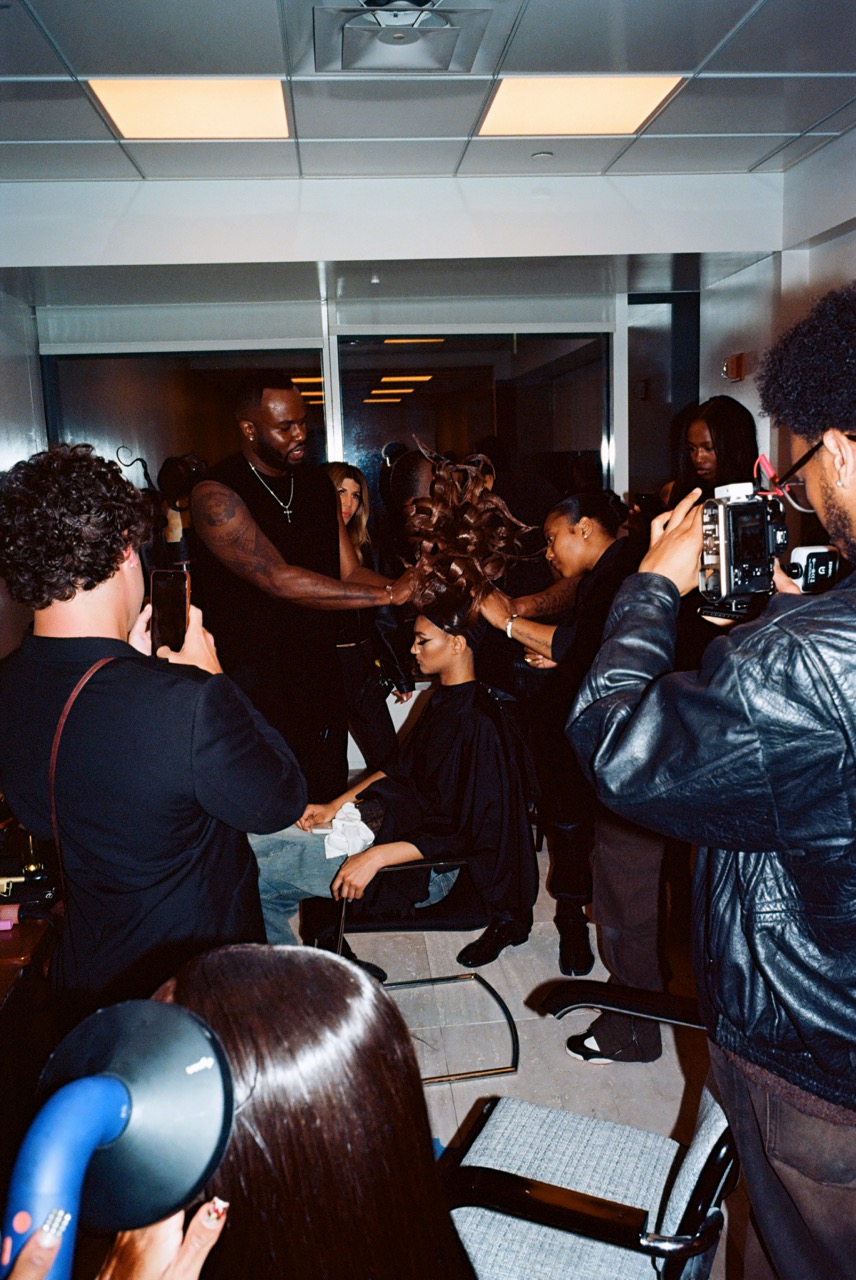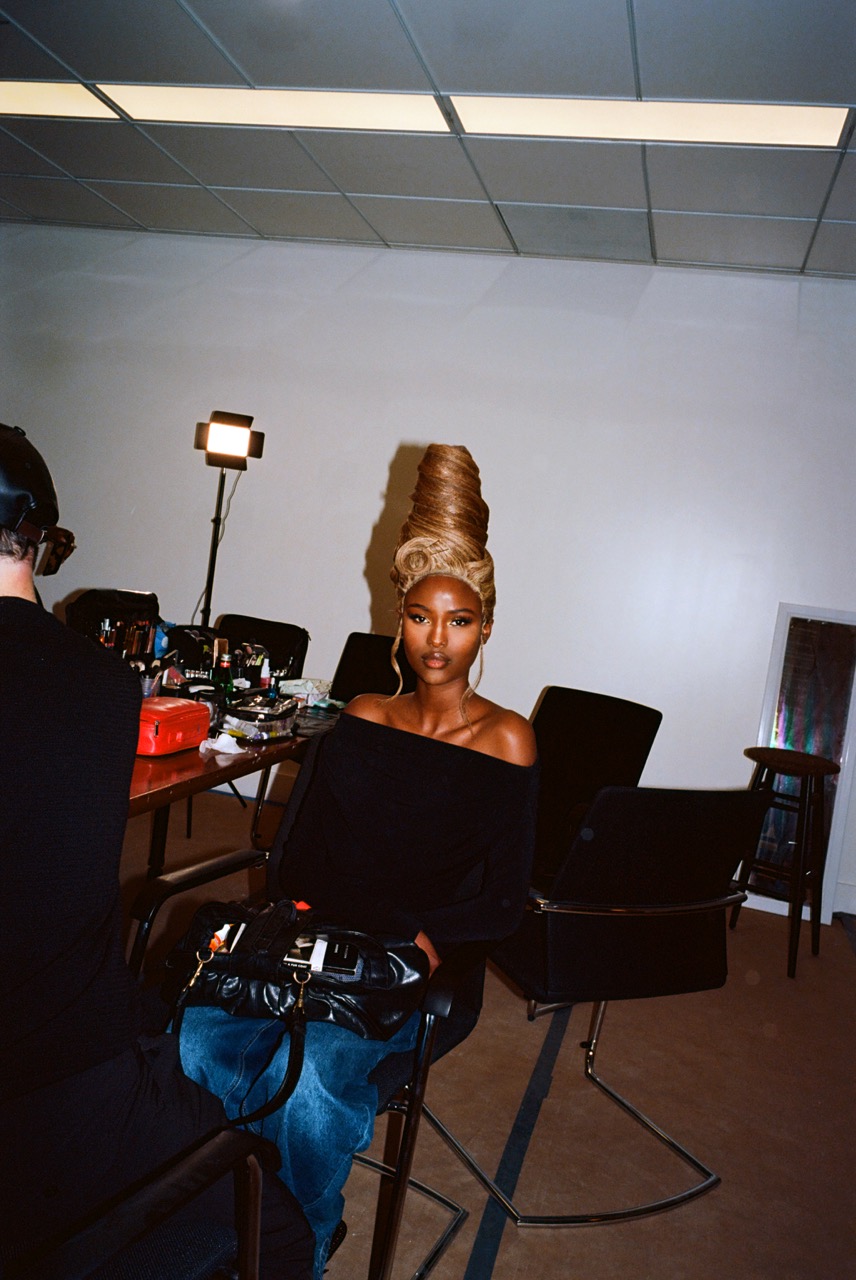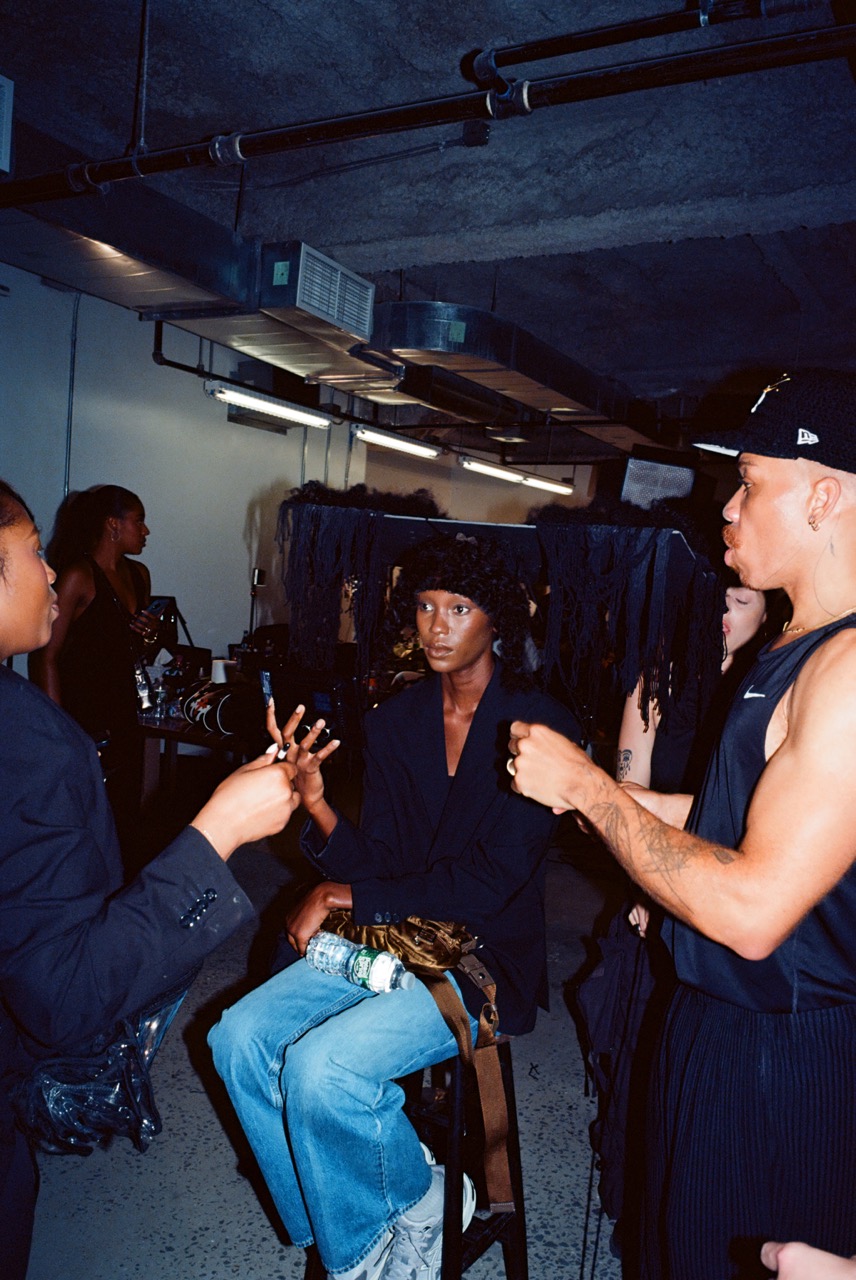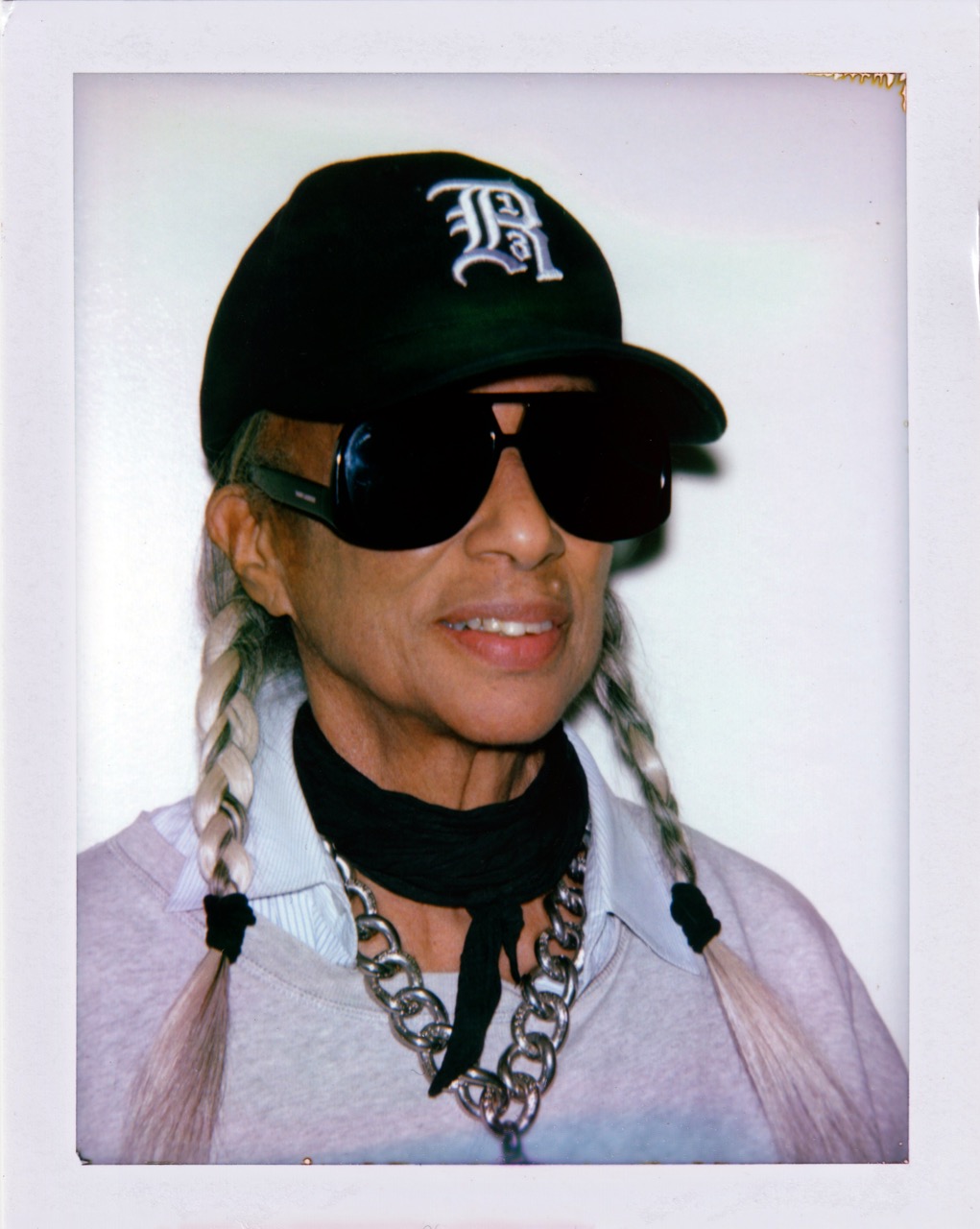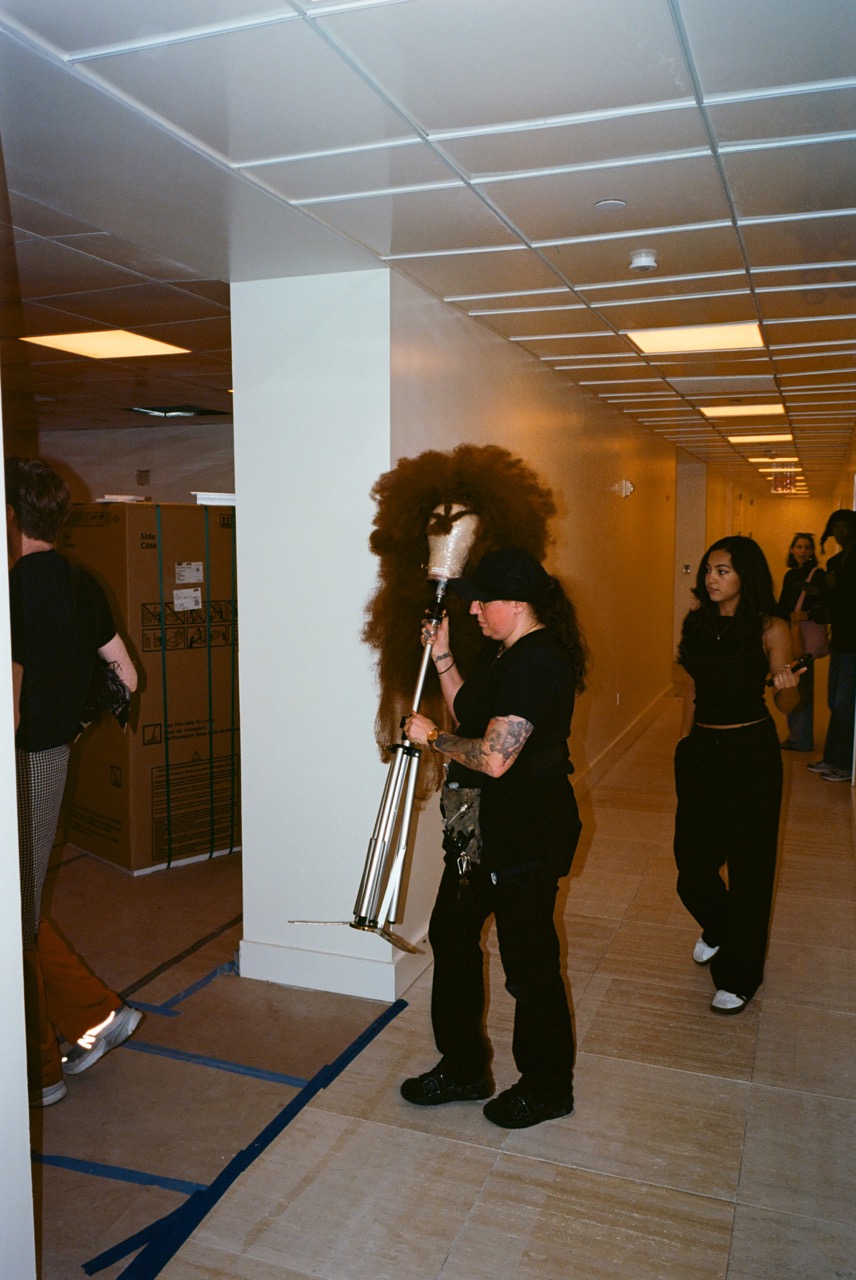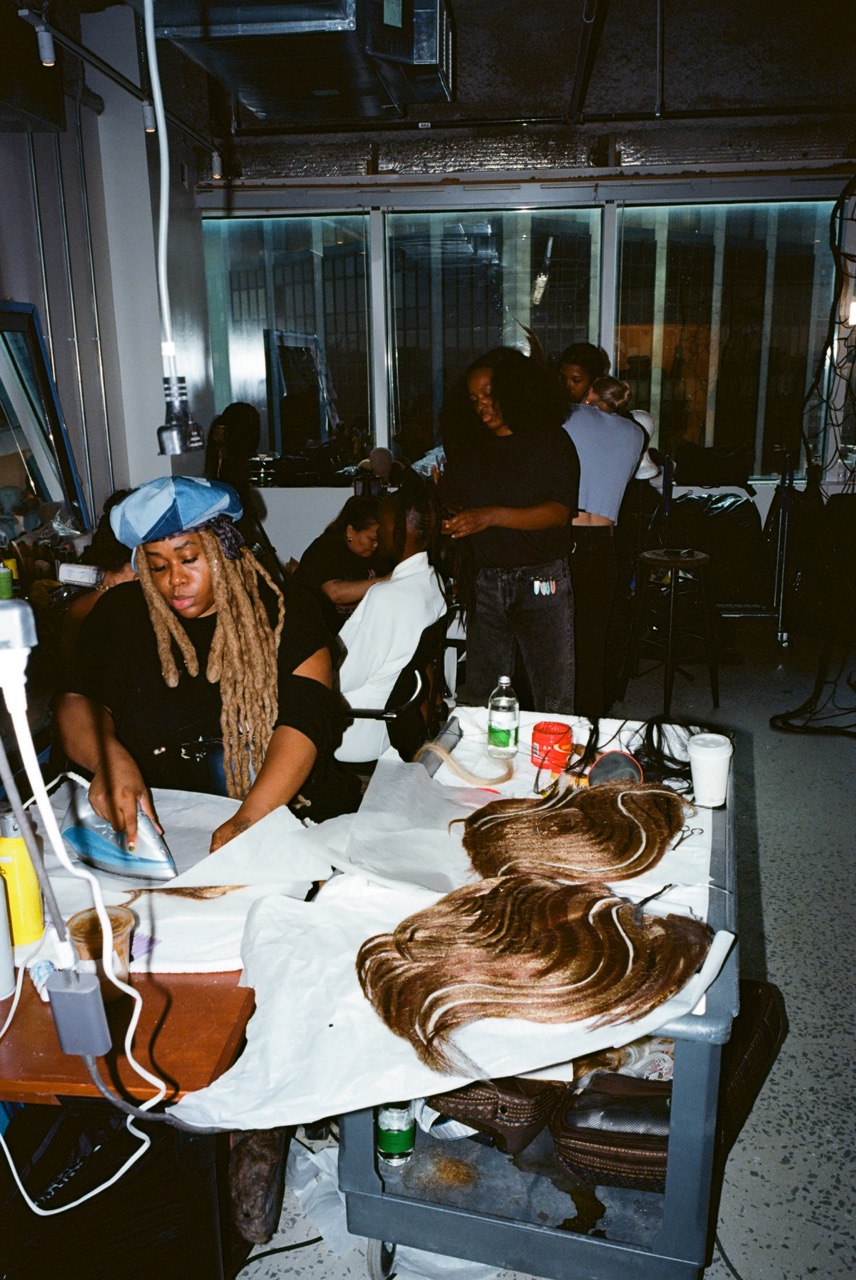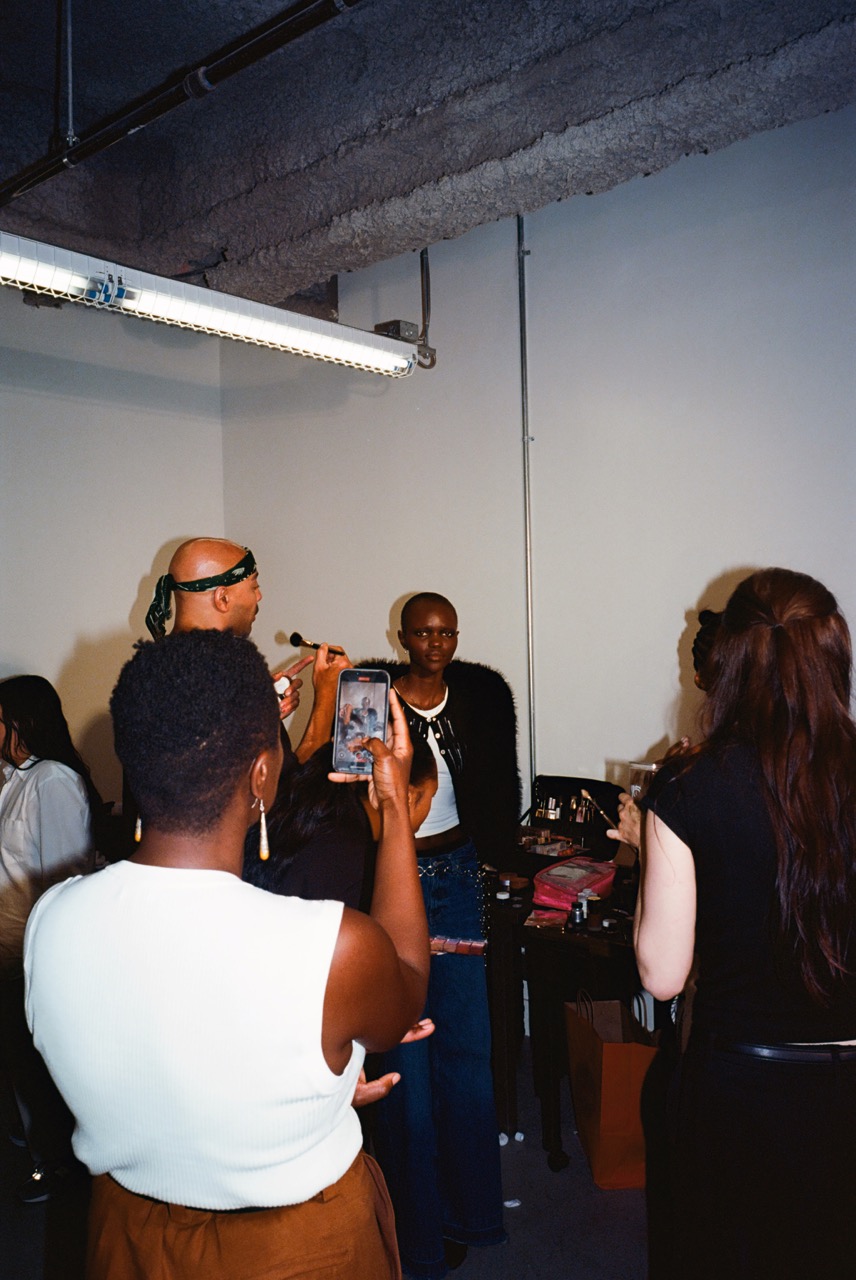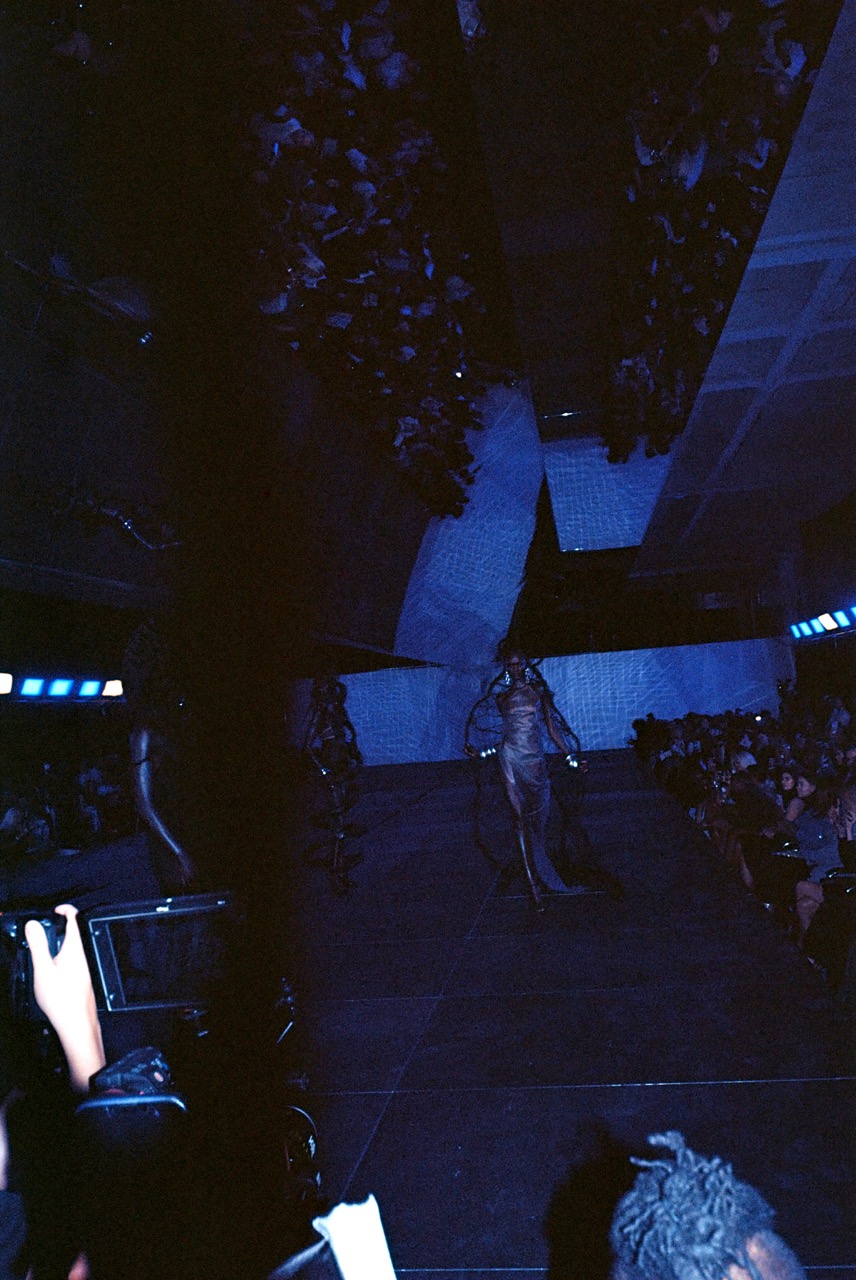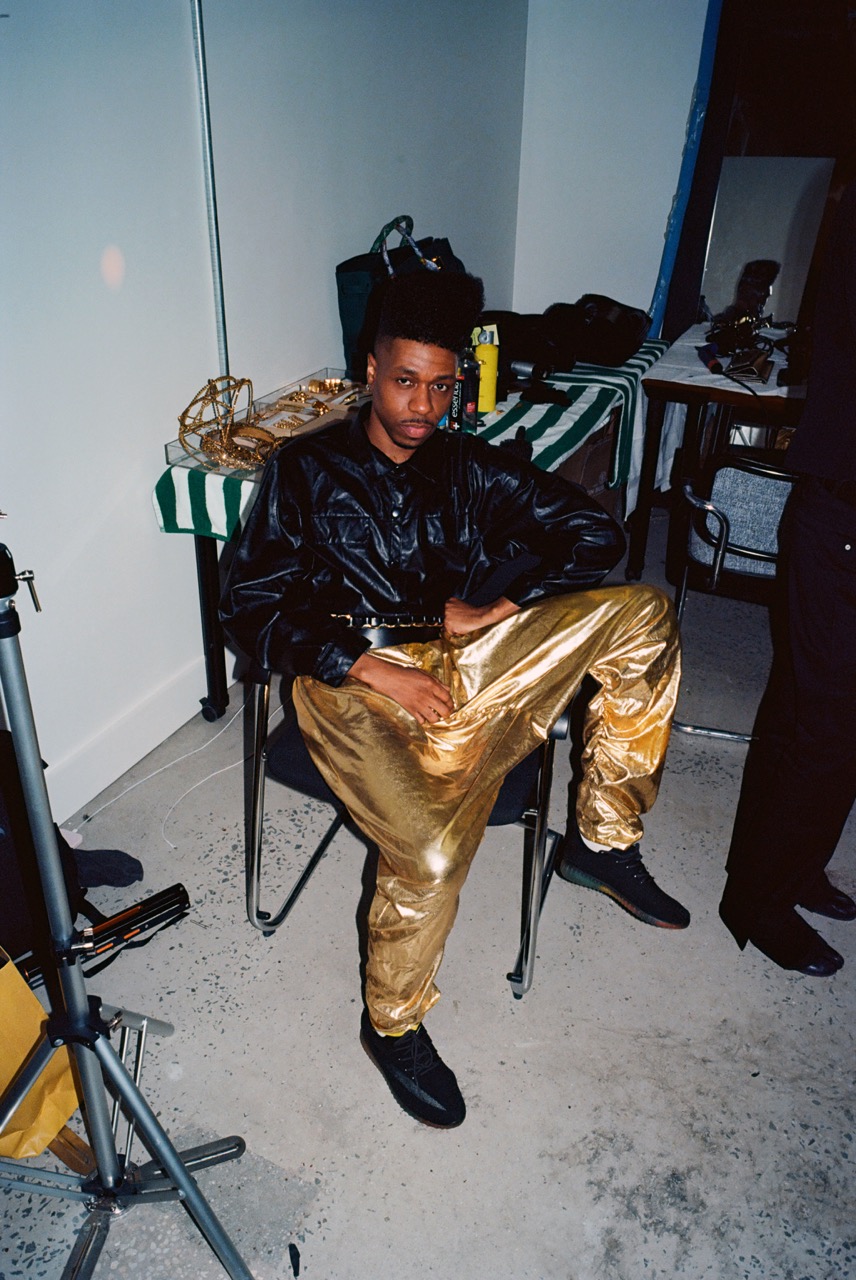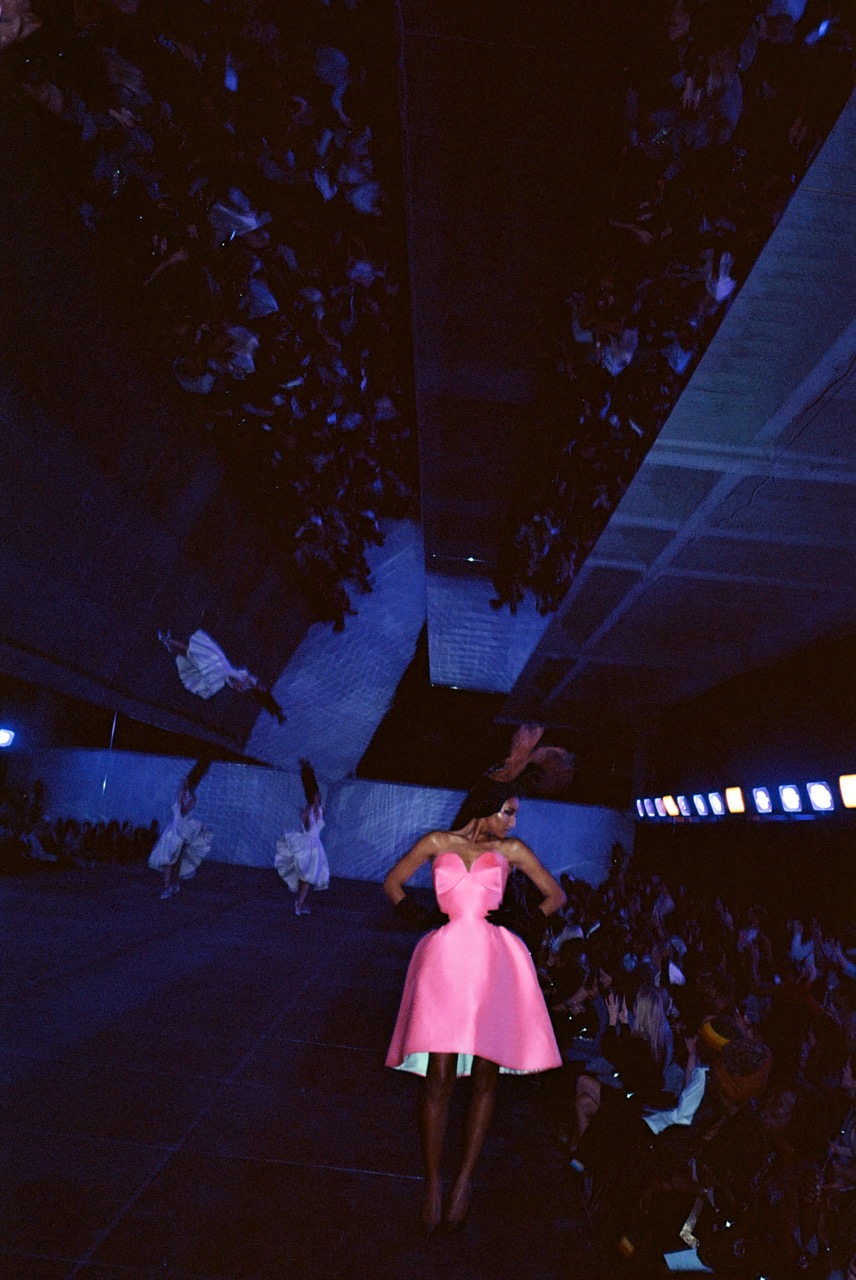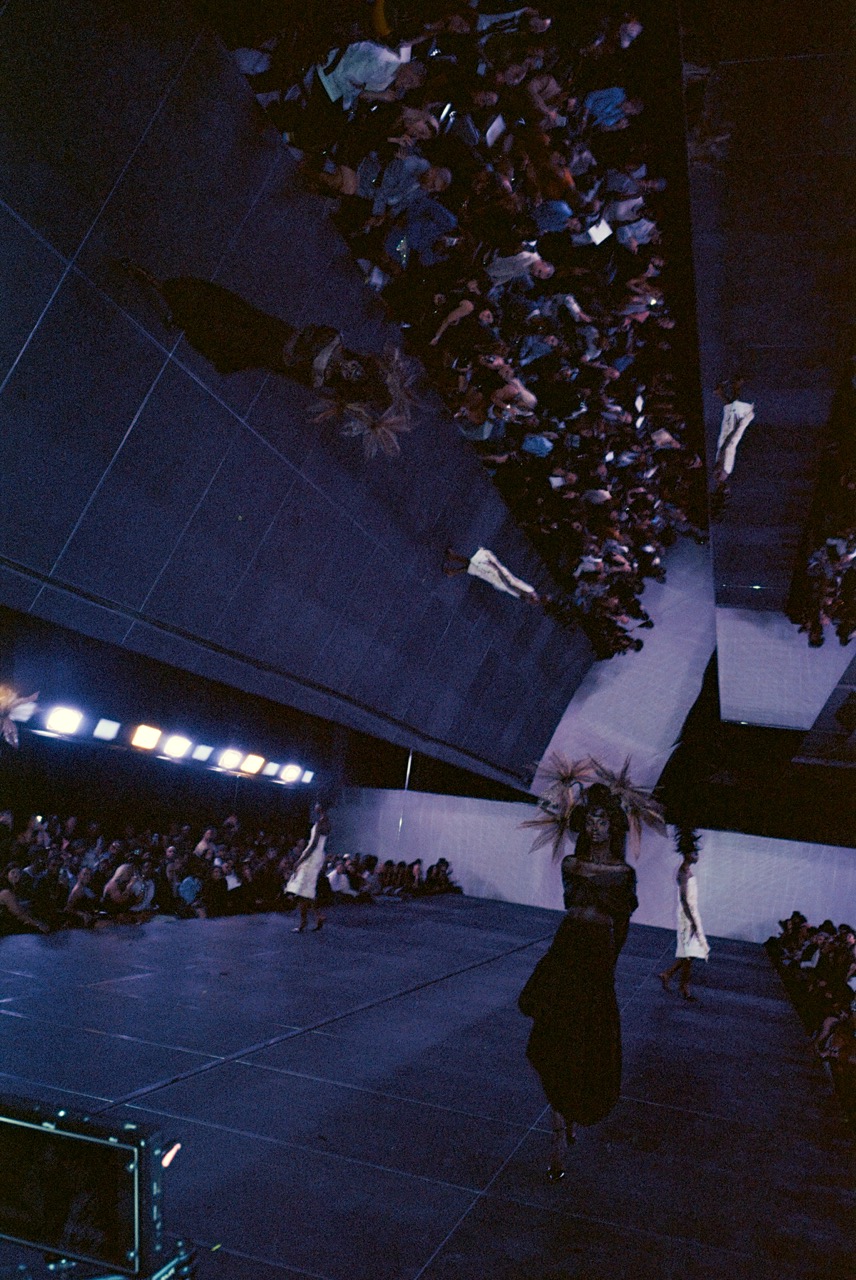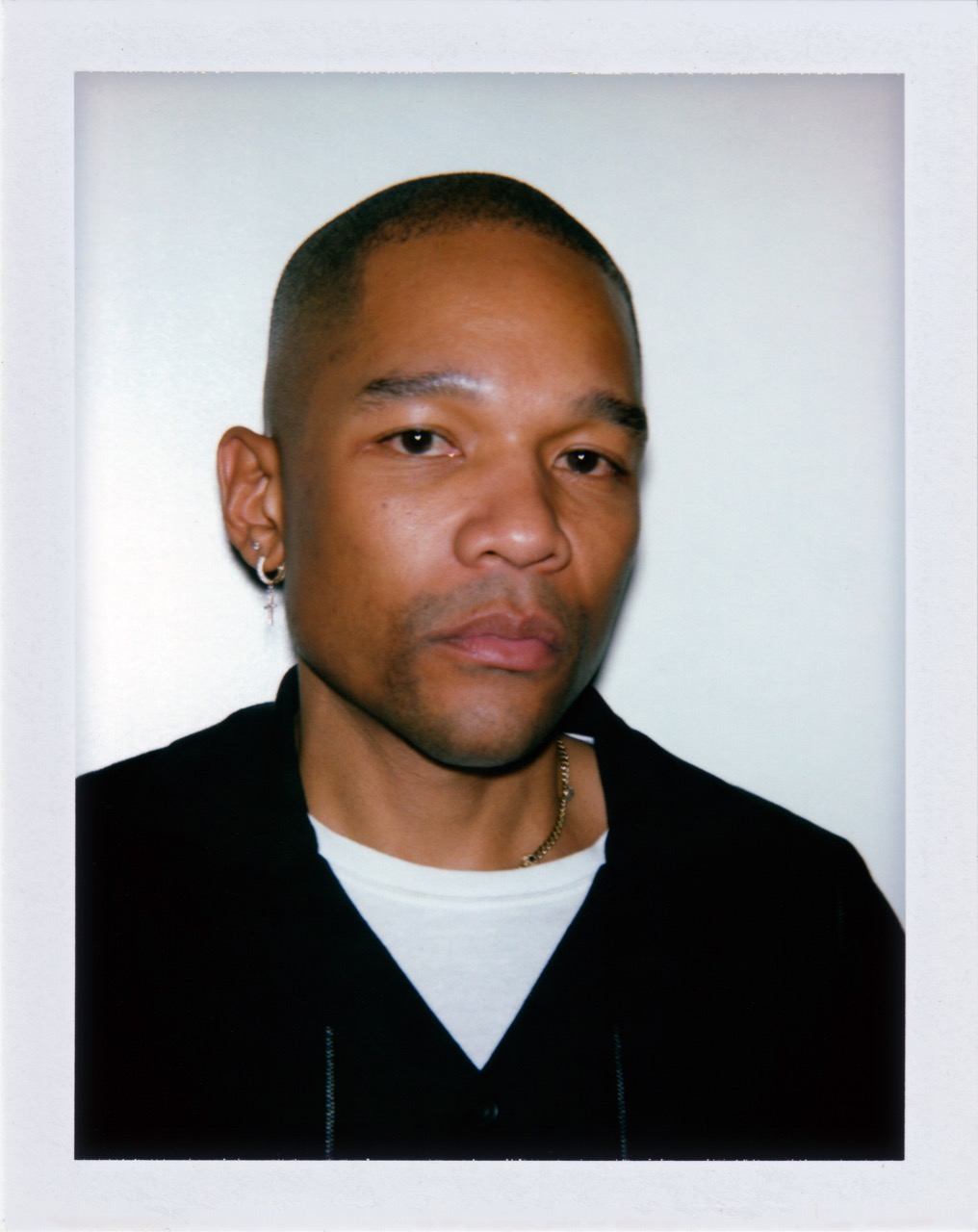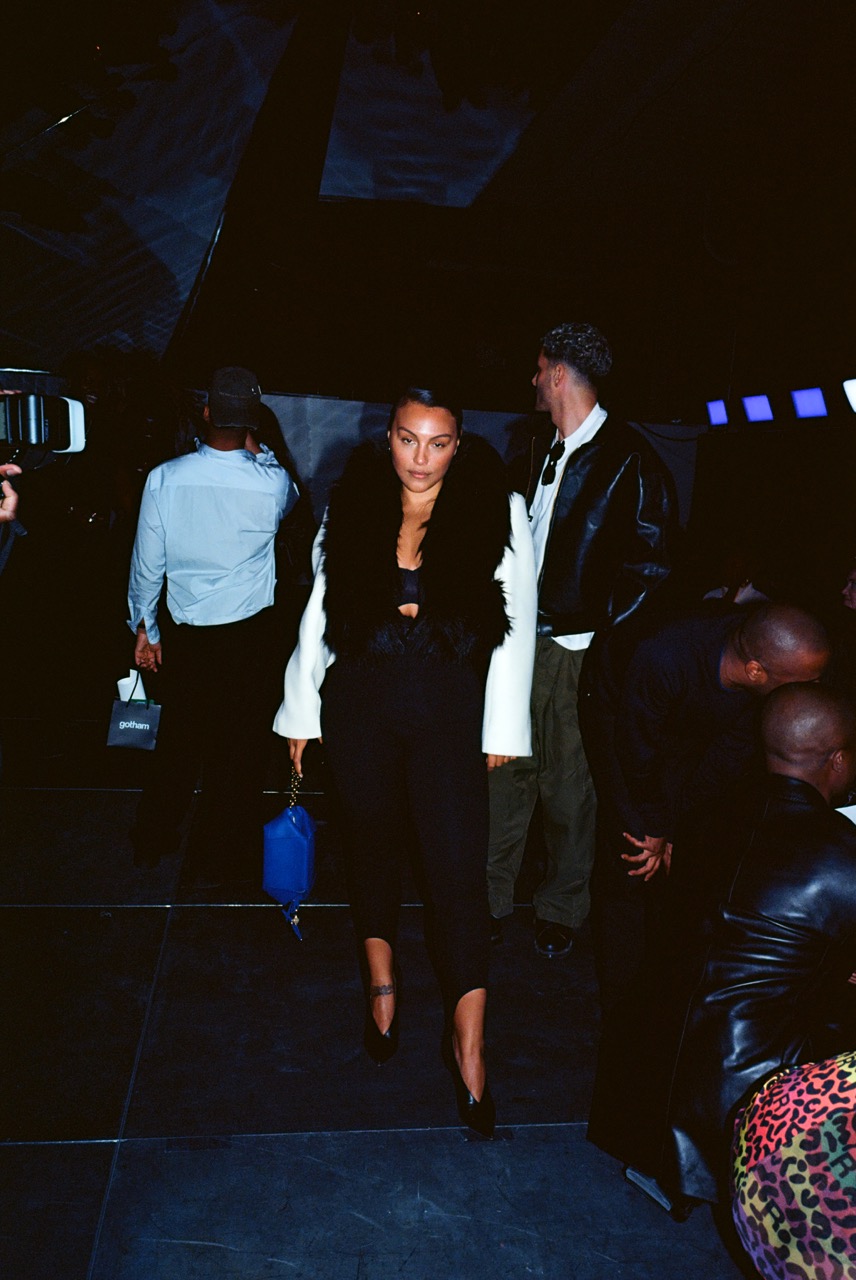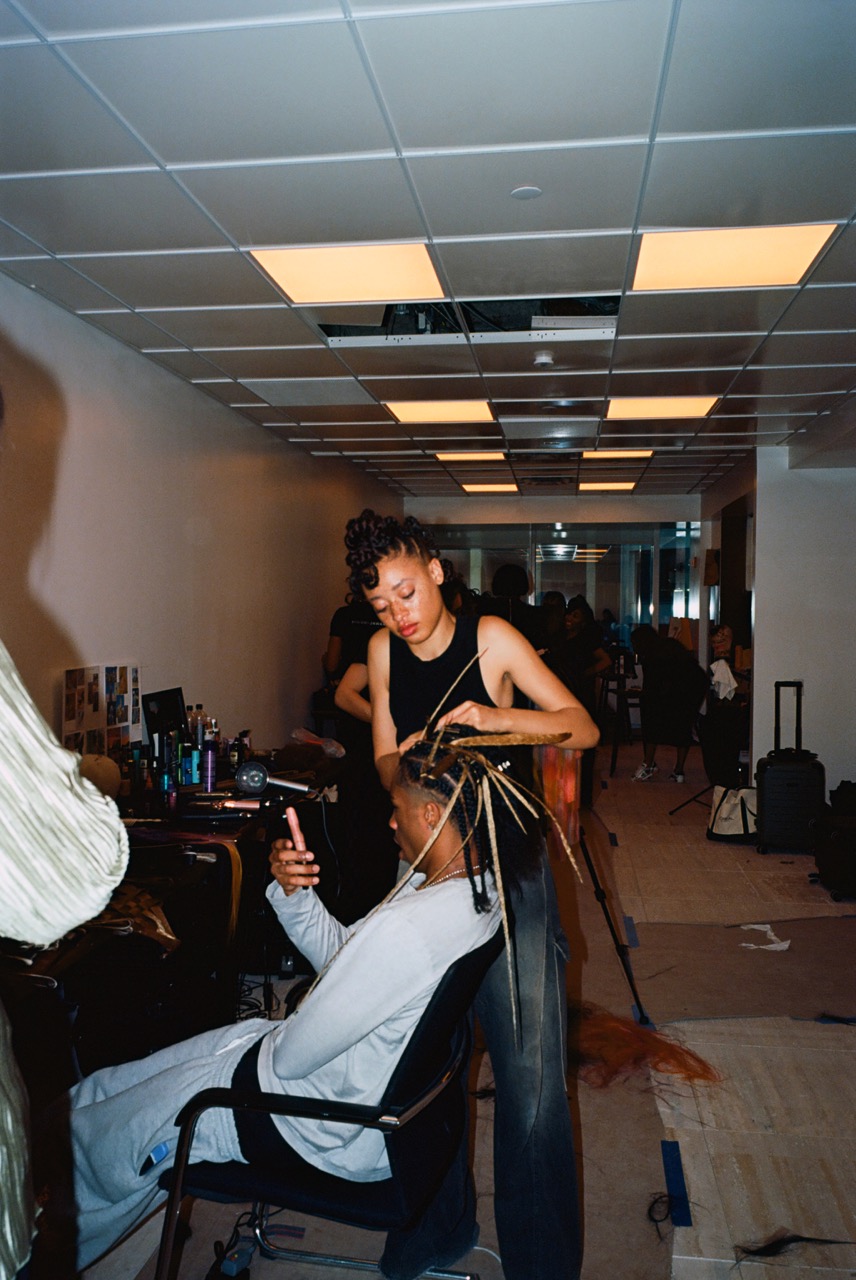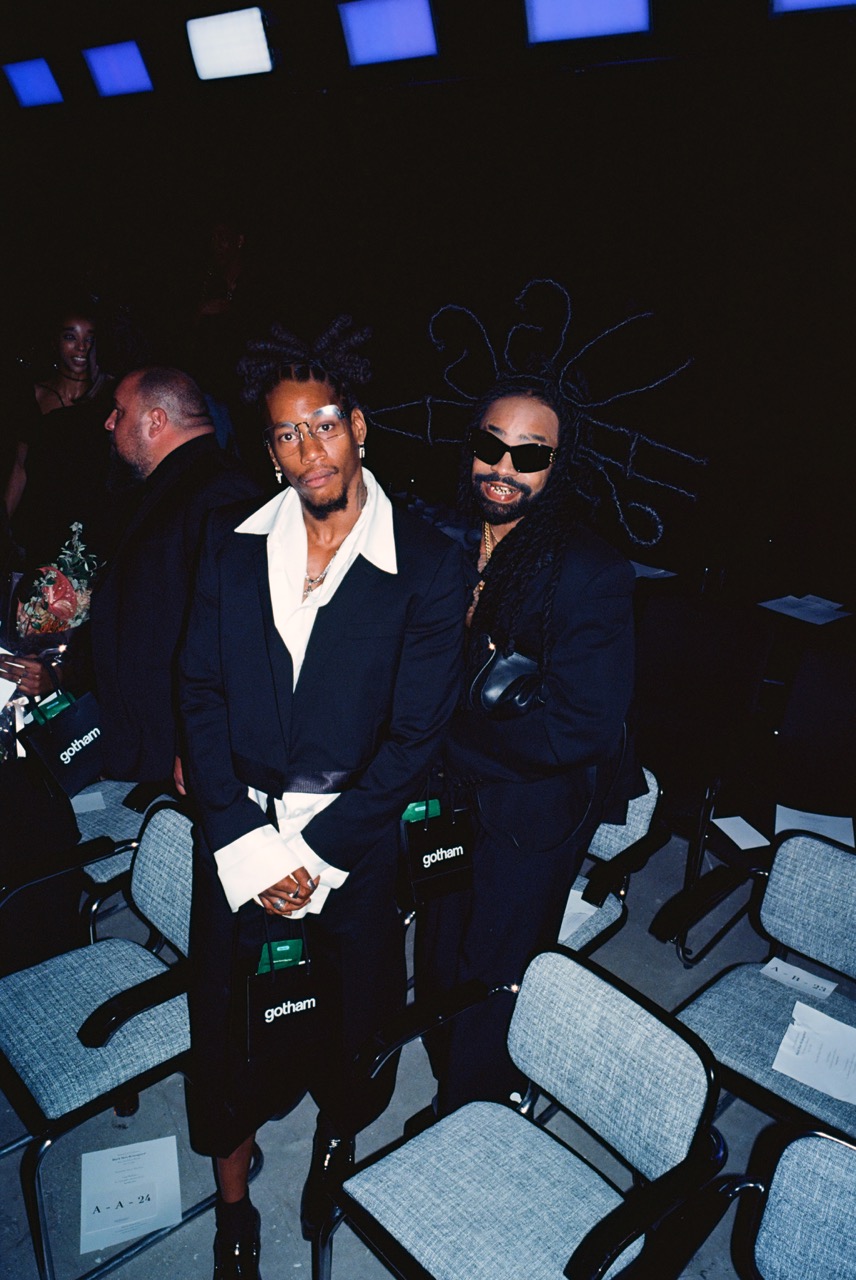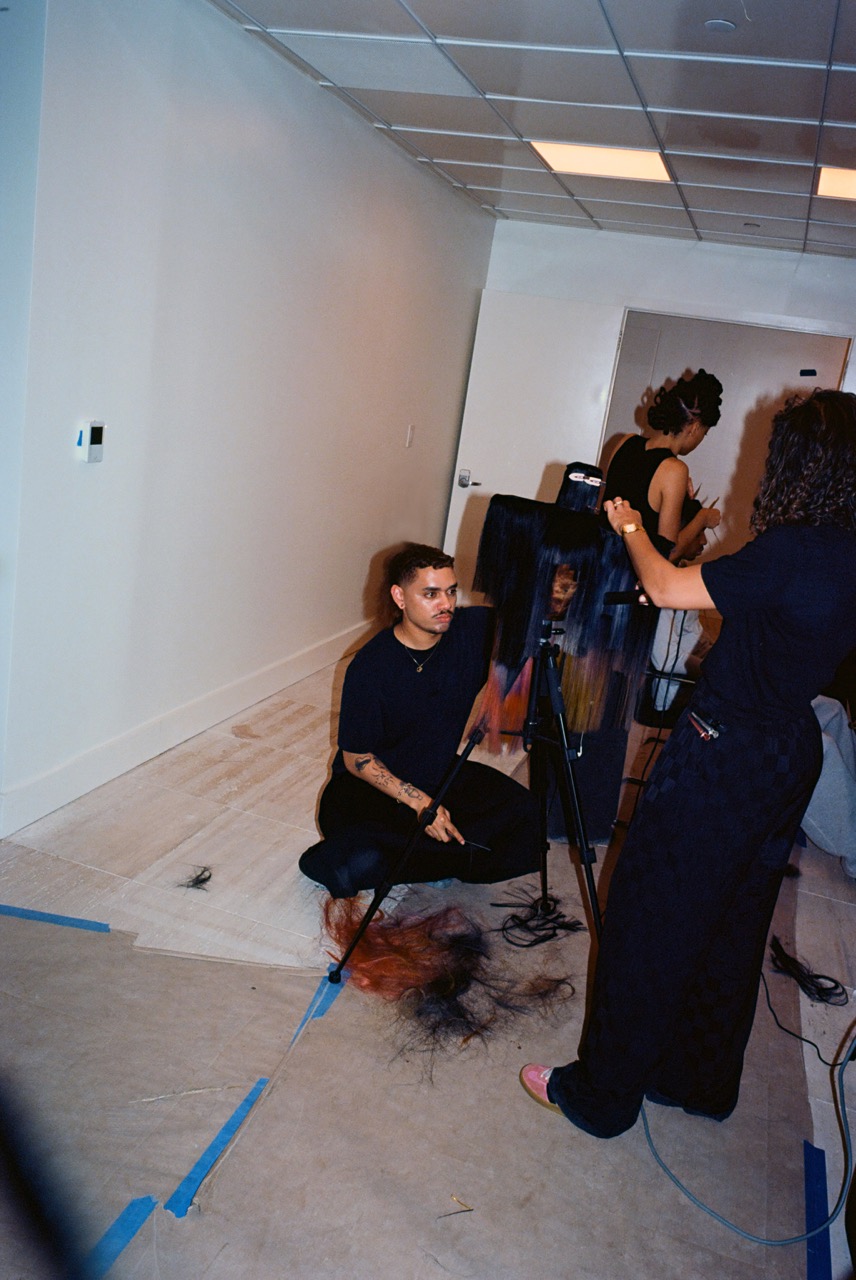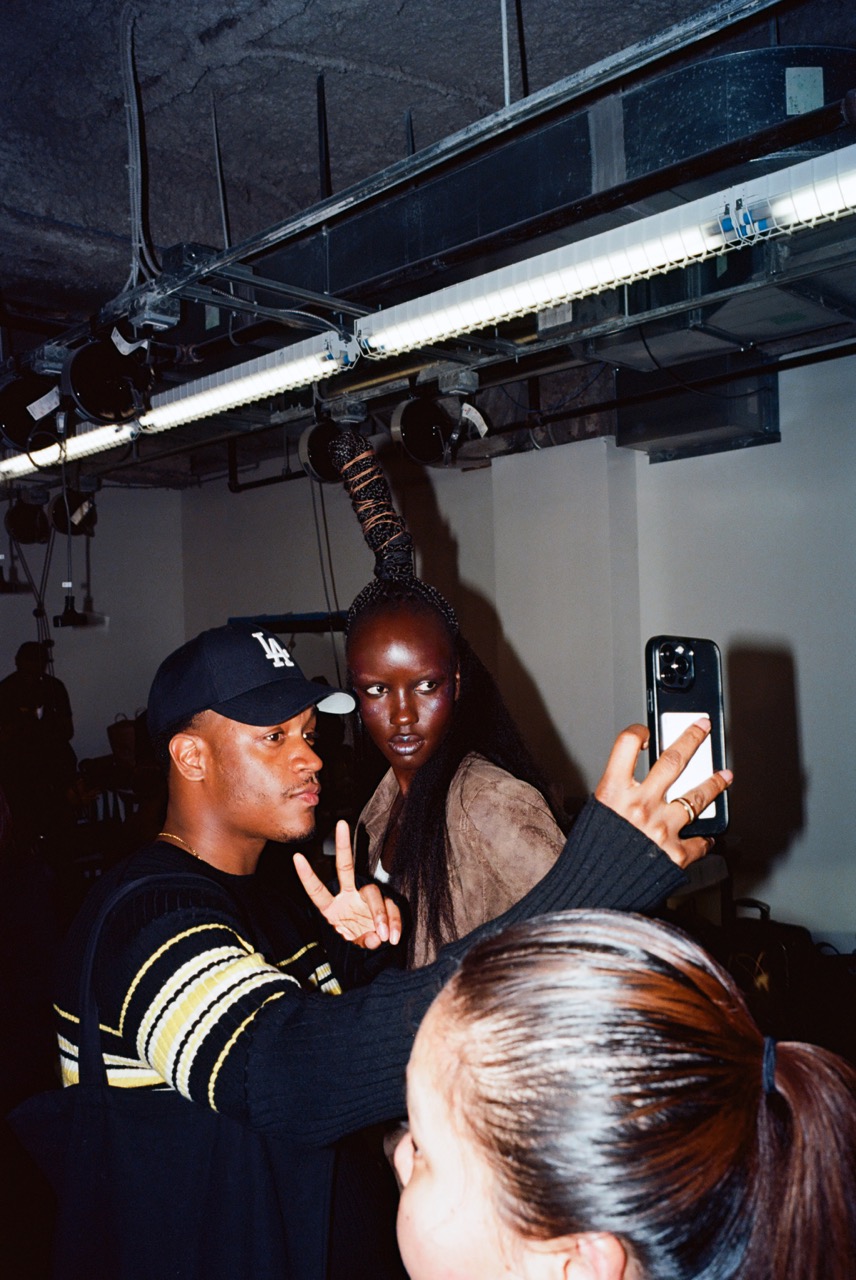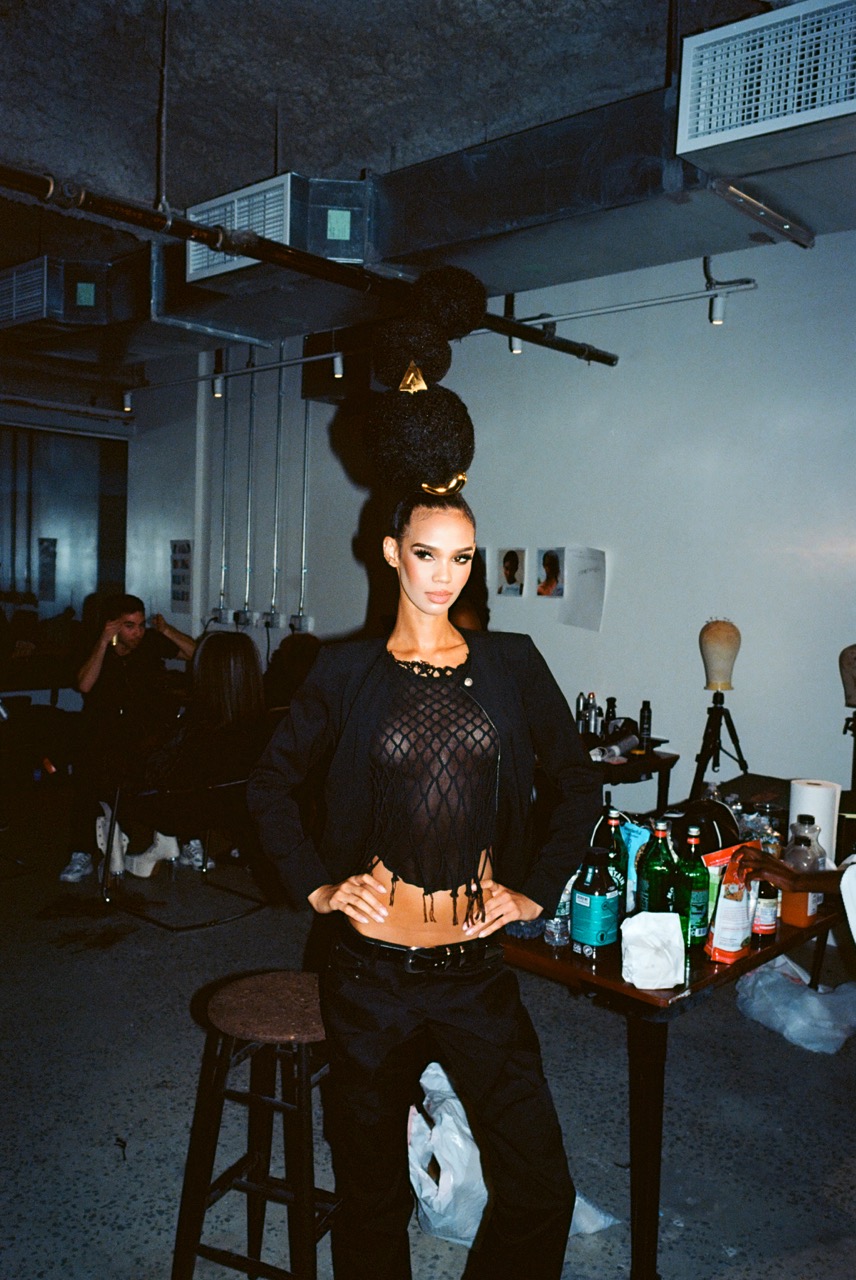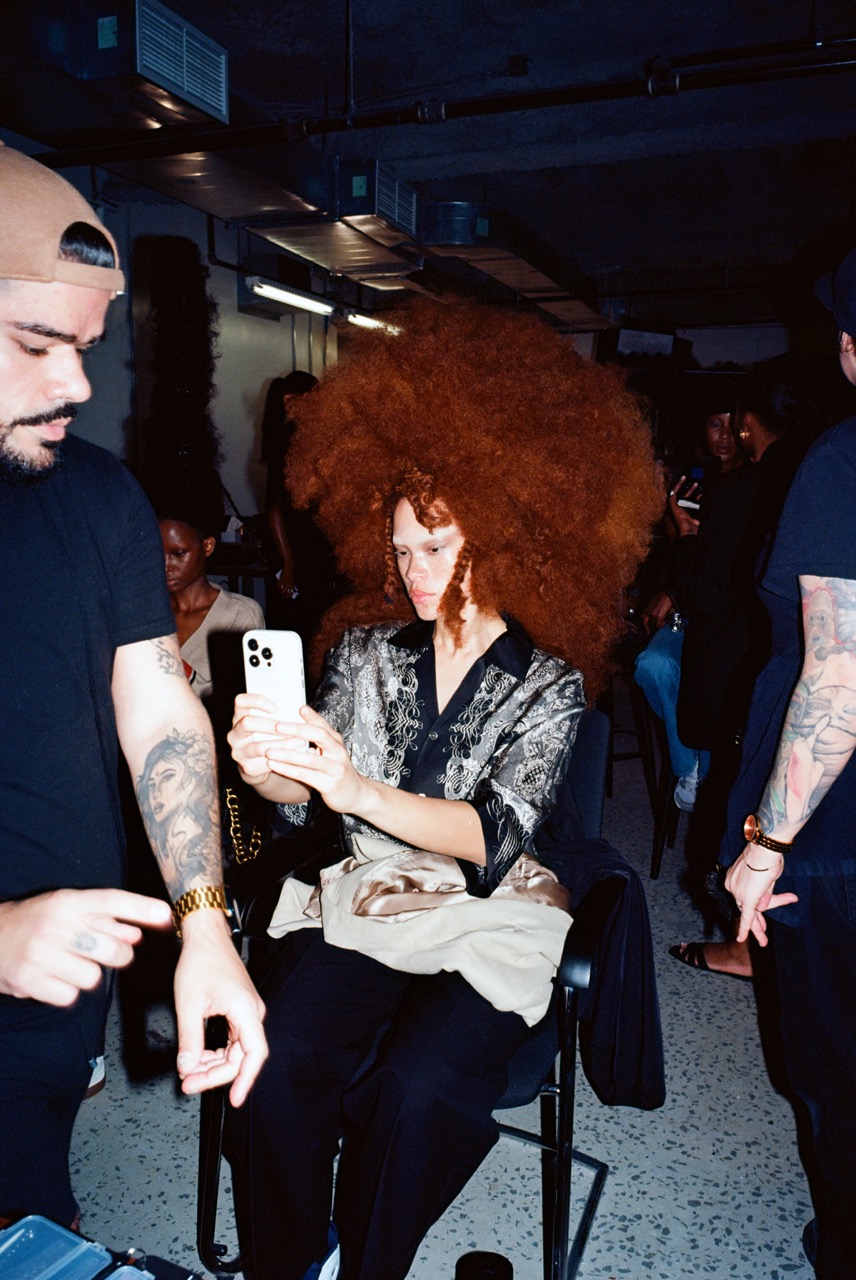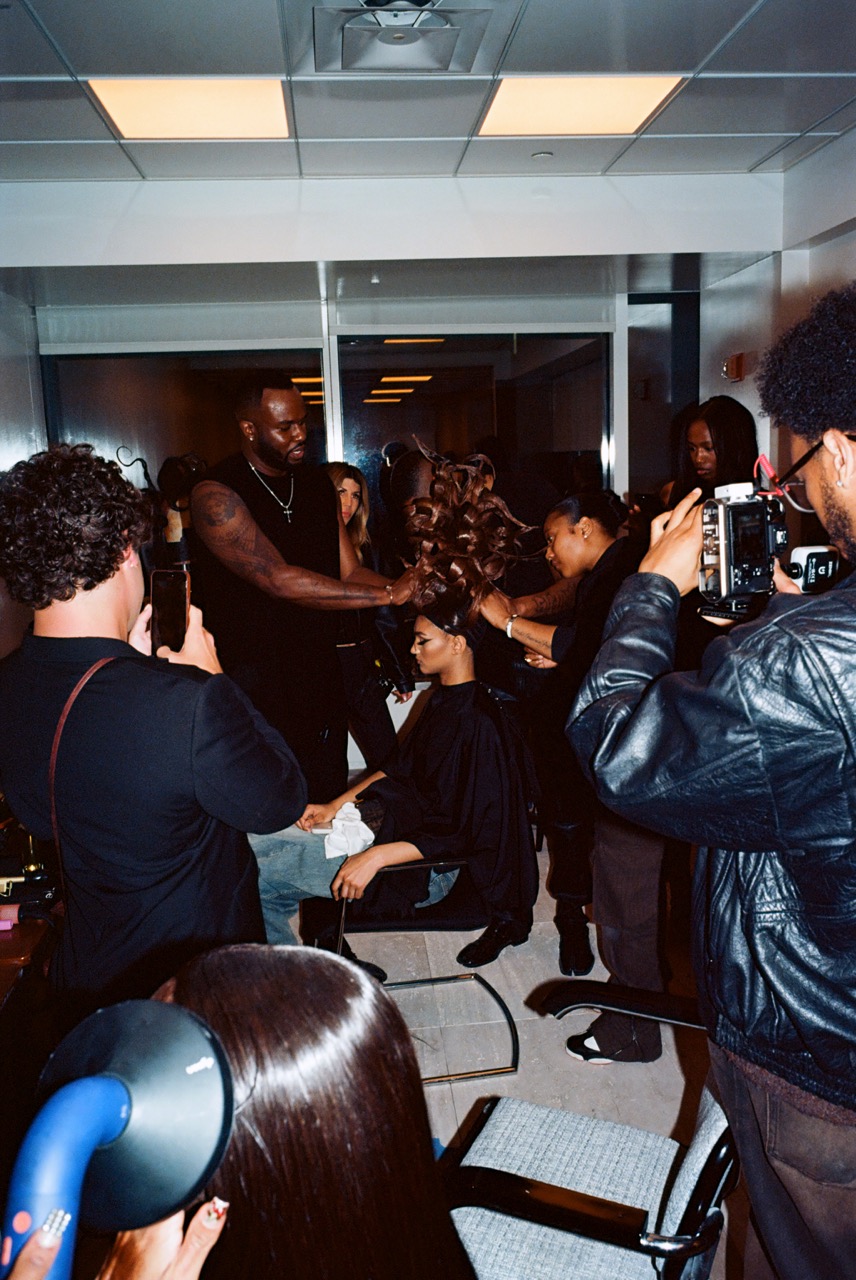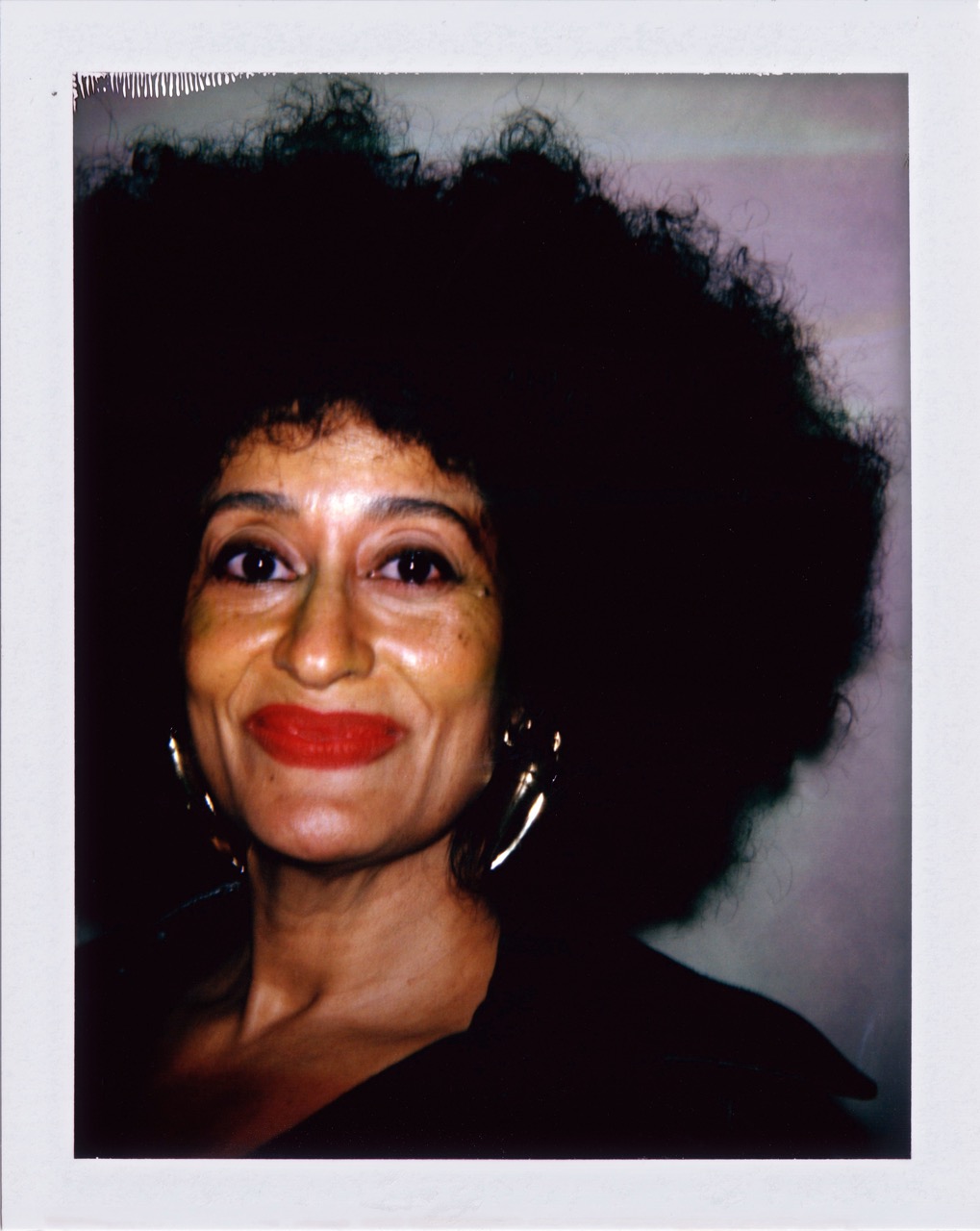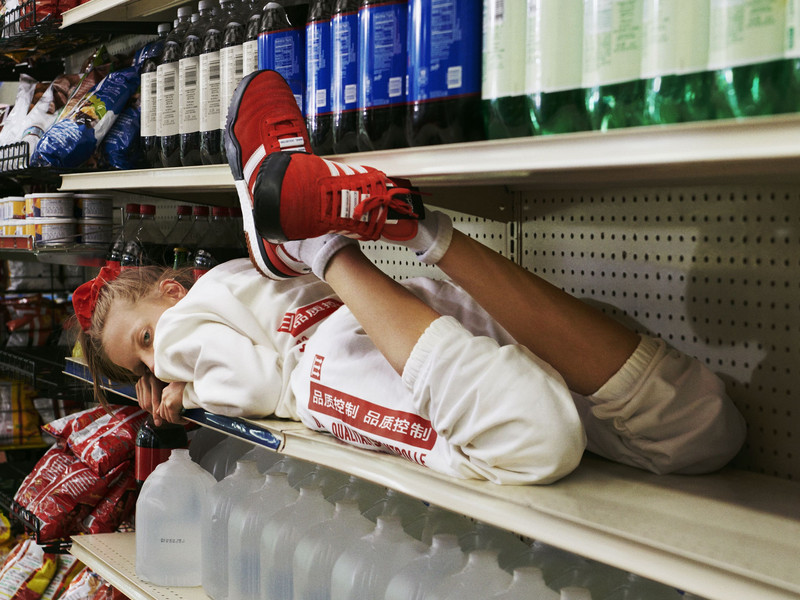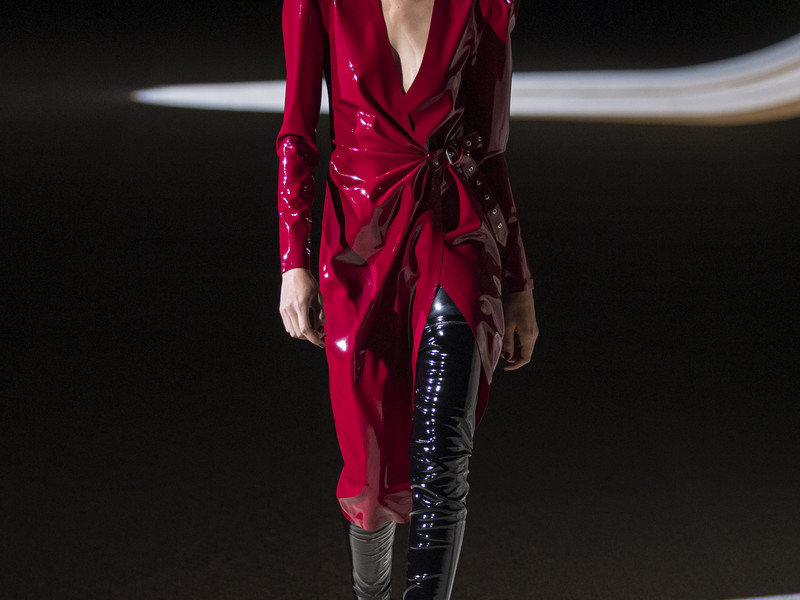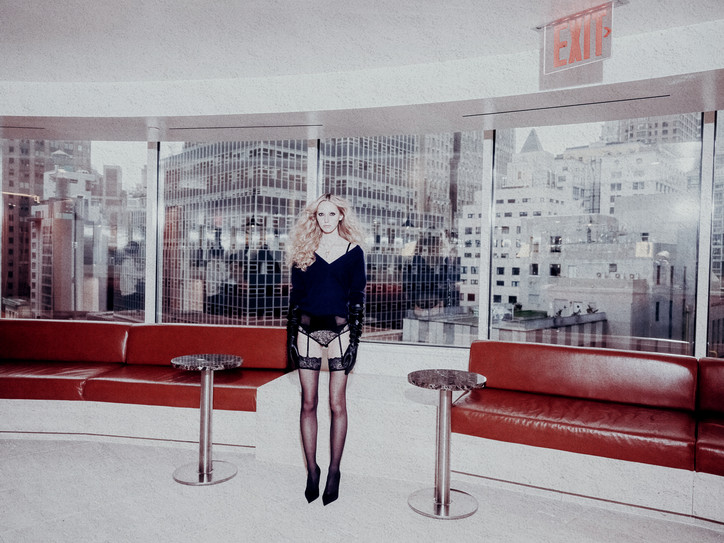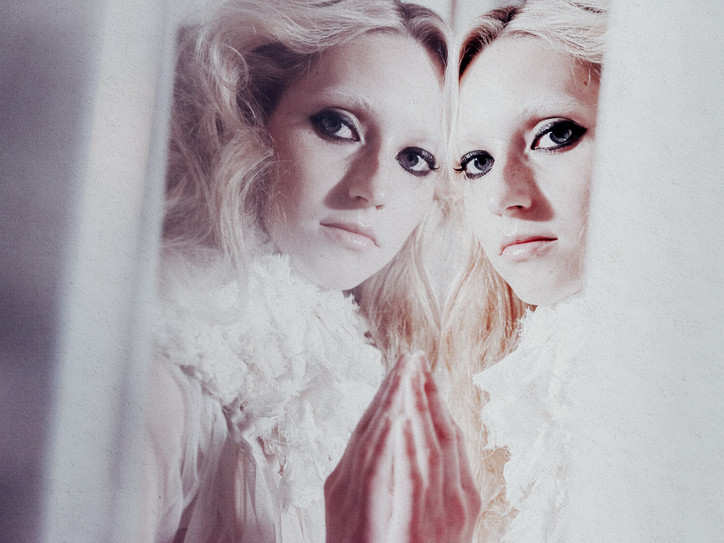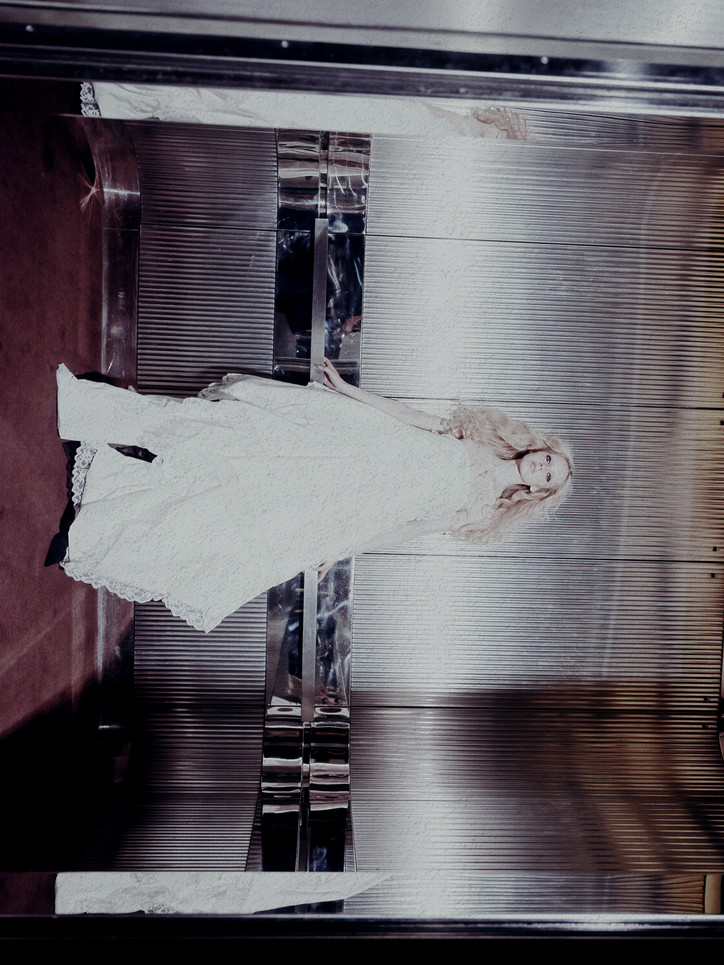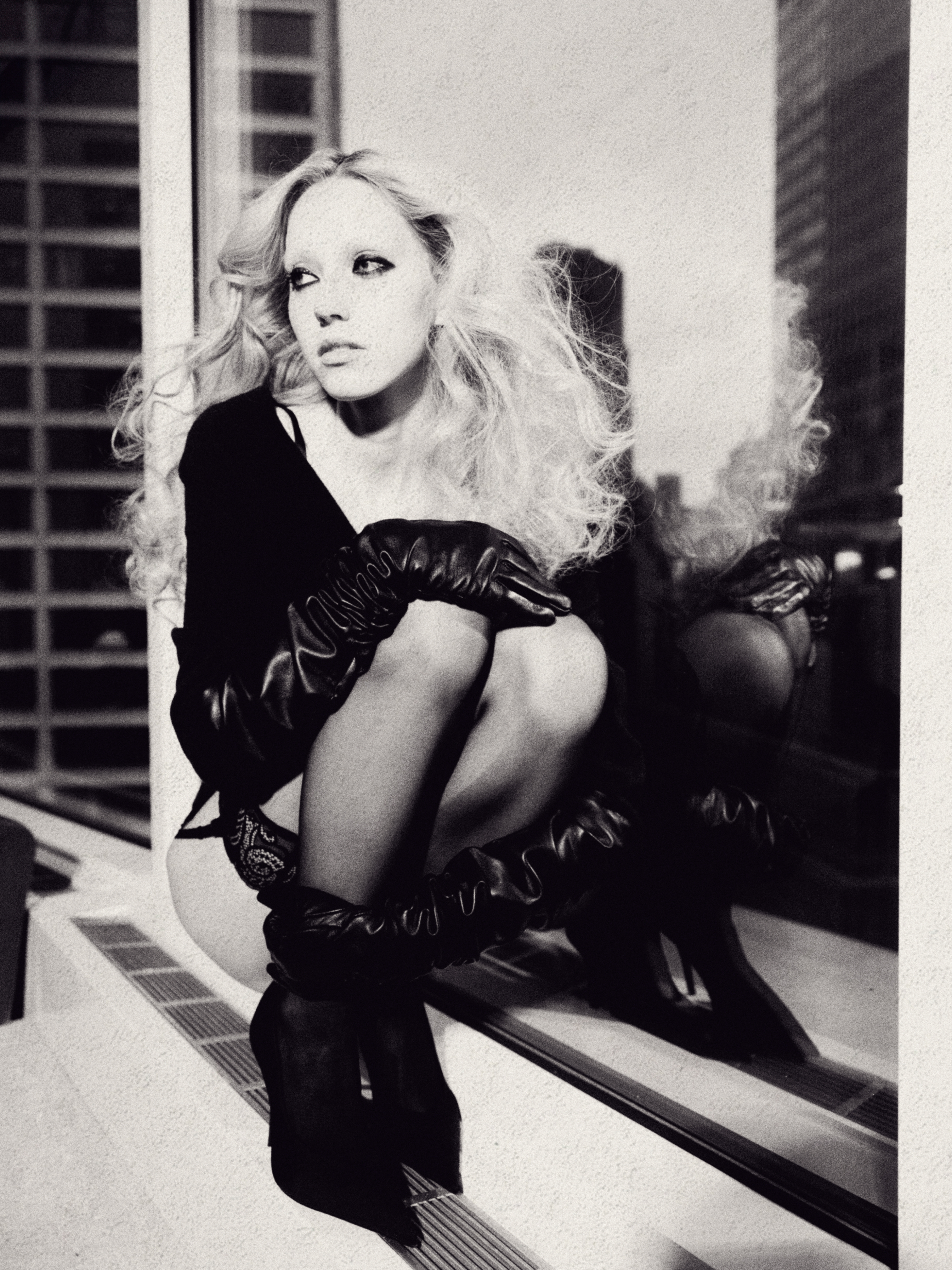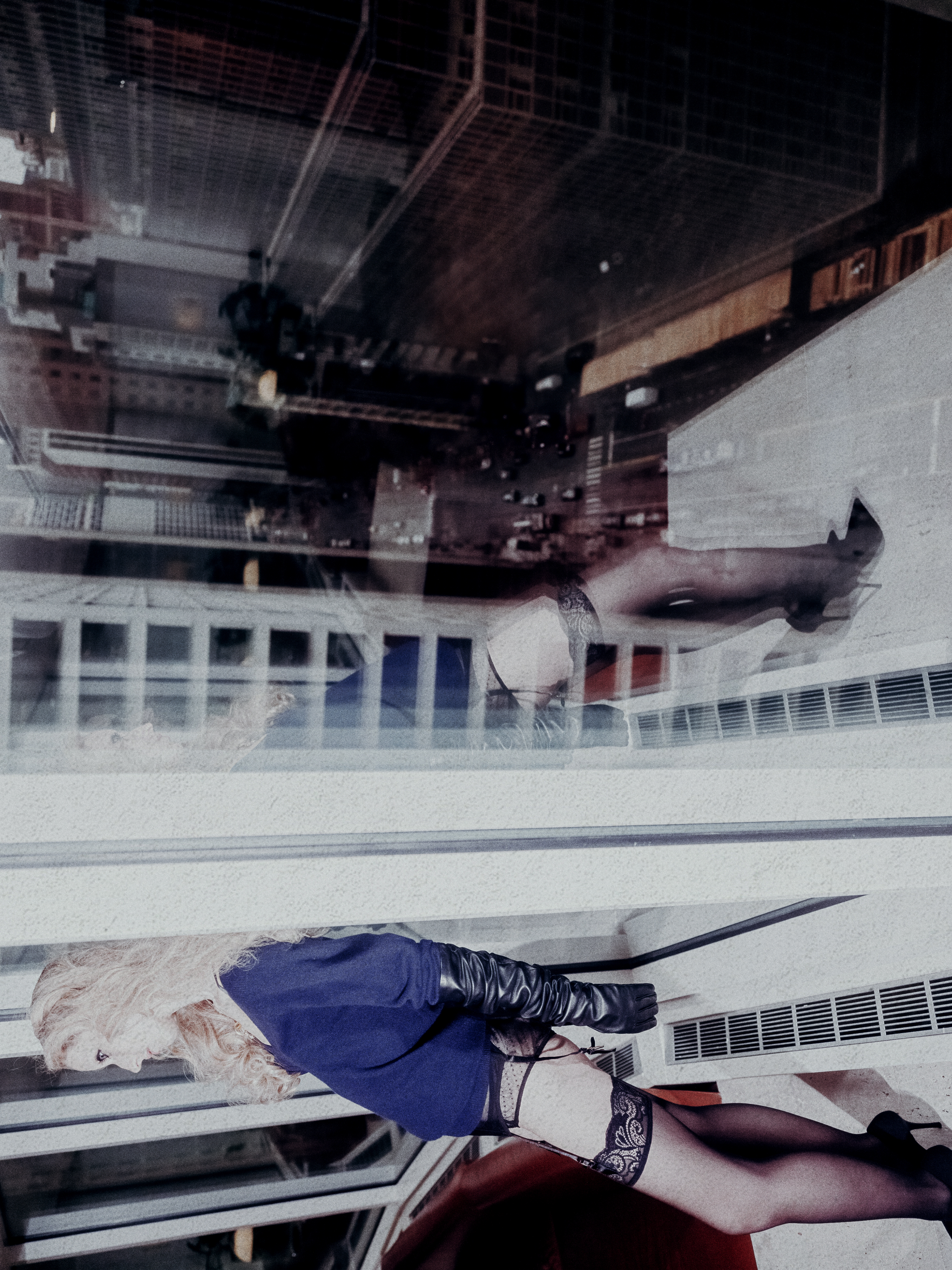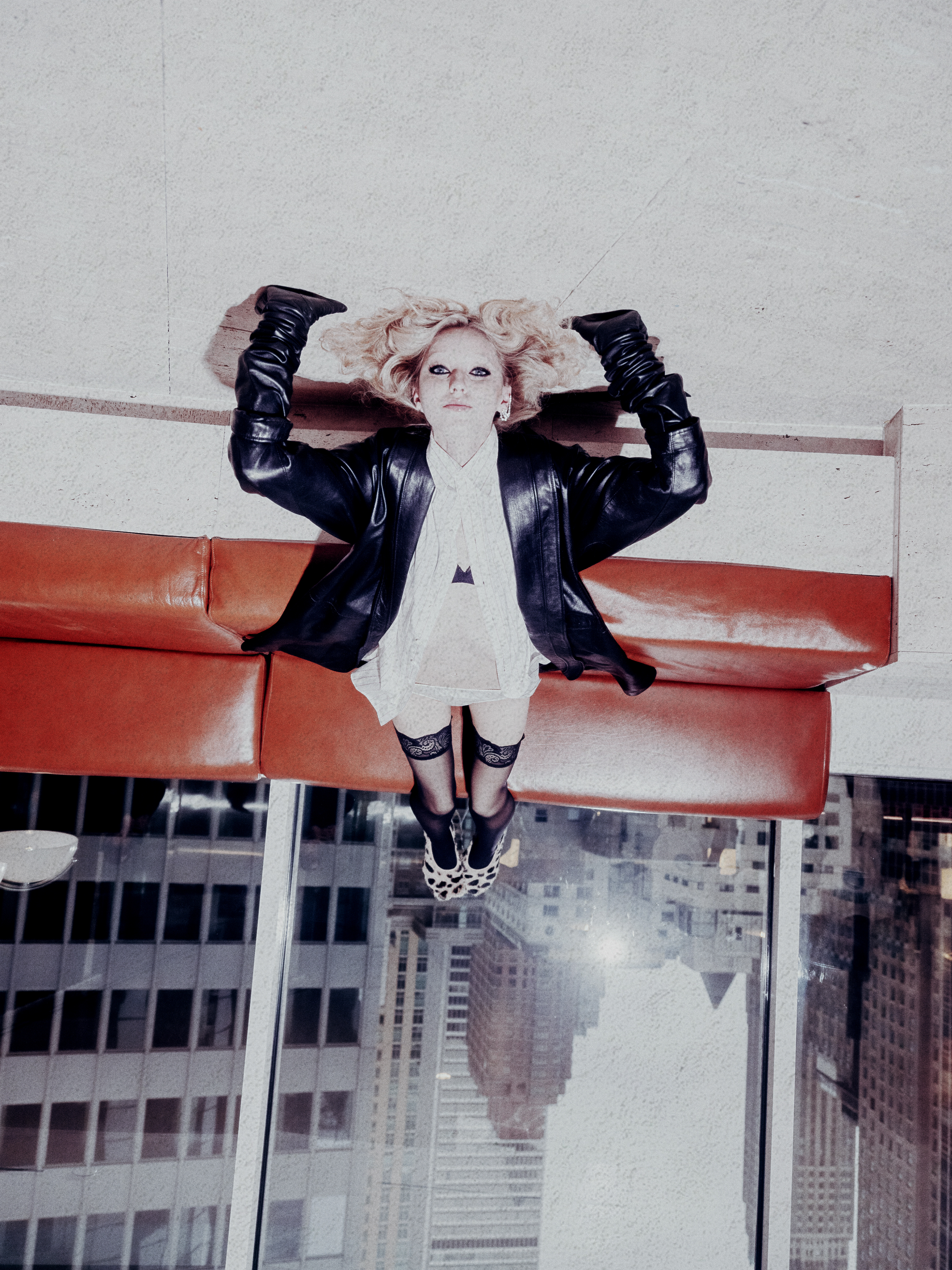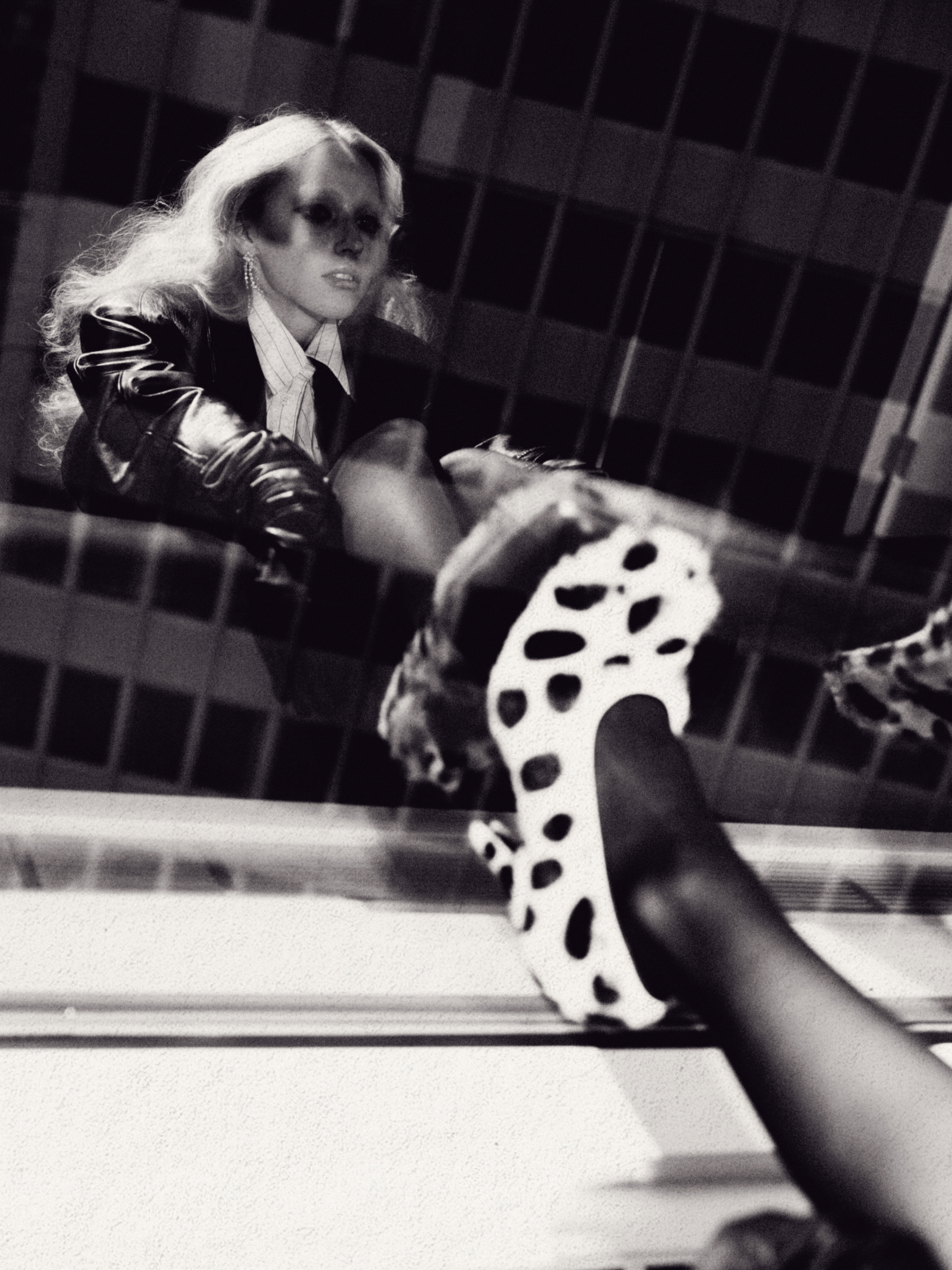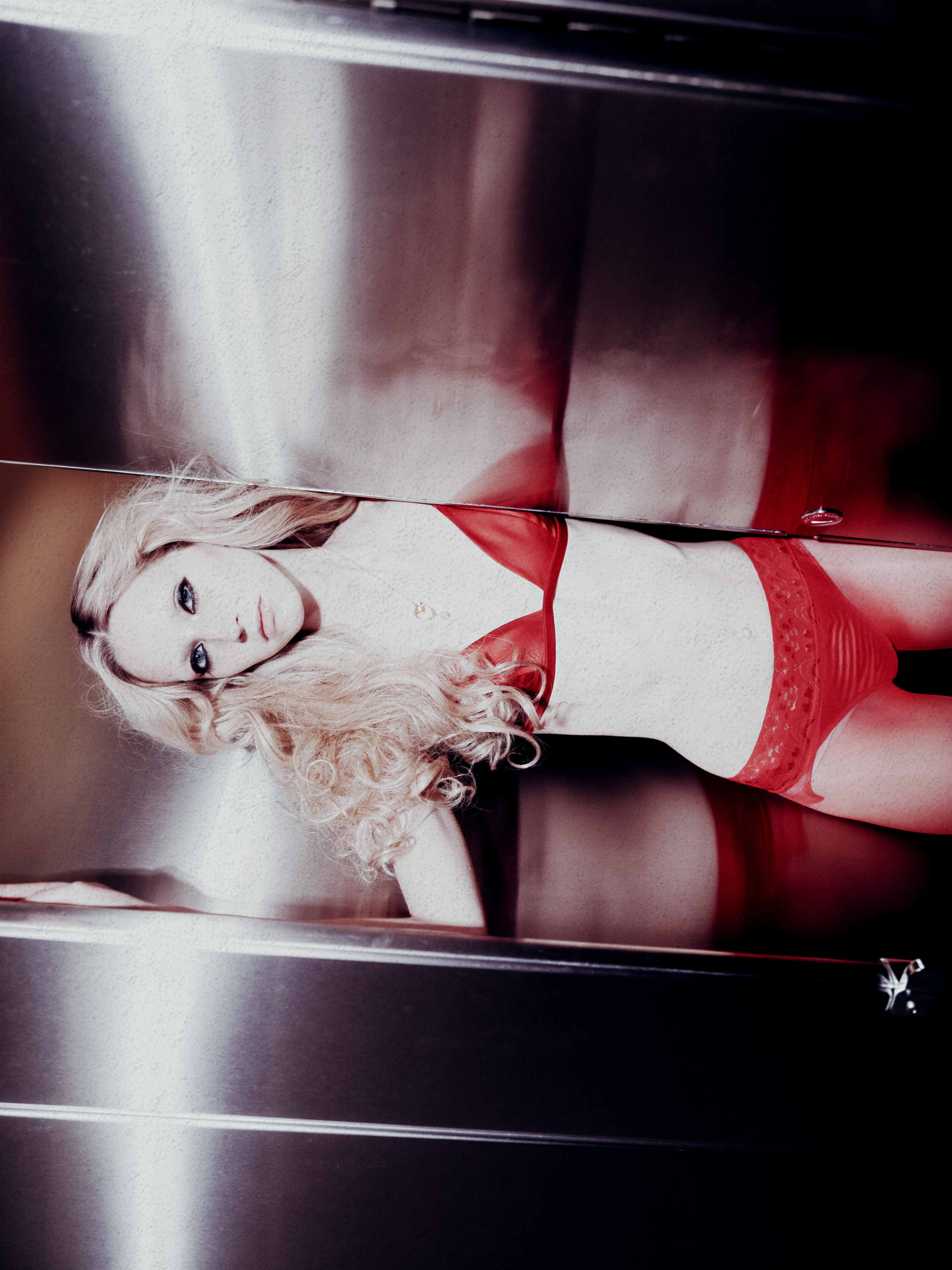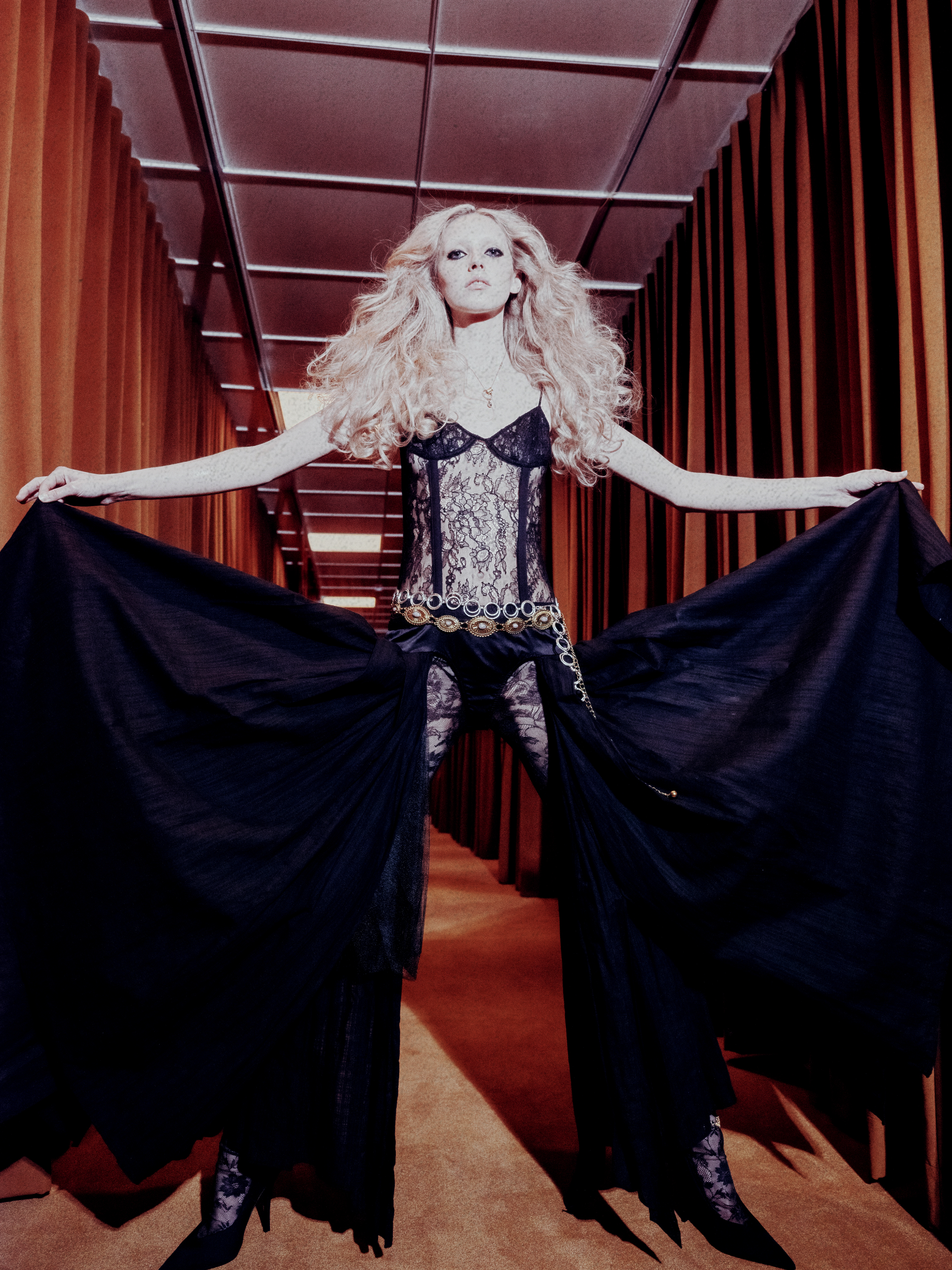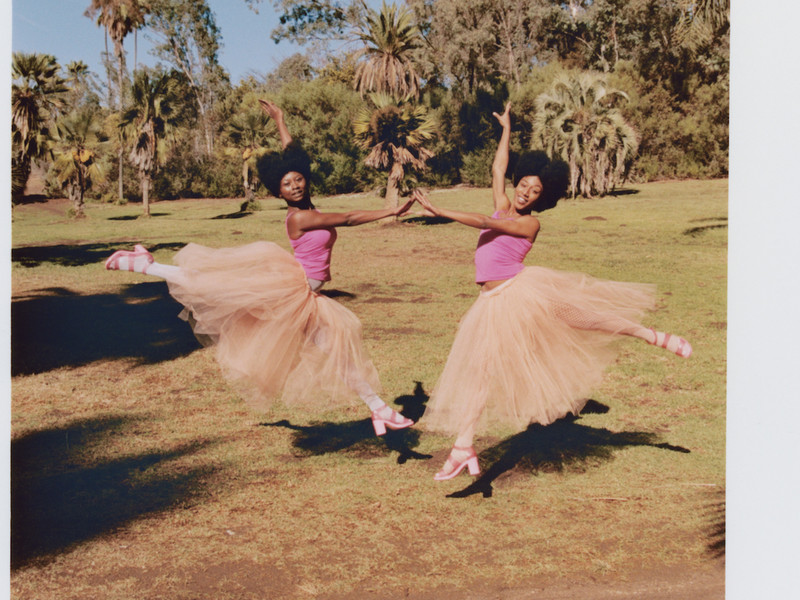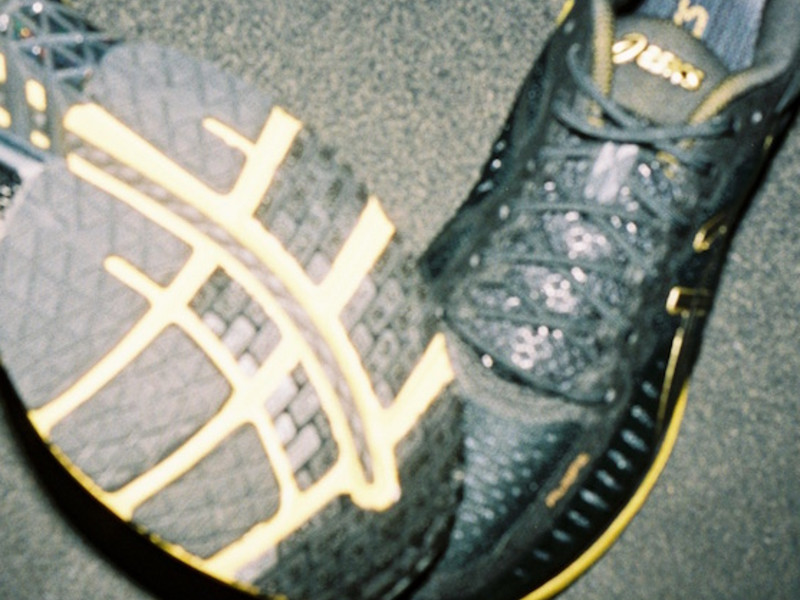MNTGE Brings Vintage to the Metaverse

For the label's inaugural collection, Sean curated and designed a digital line based off of four of his most prized vintage pieces in his personal archive. Bringing these real-world heritage vintage pieces to life digitally, MNTGE is giving them new life in the digital age and even providing users the option to customize their pieces with digital ink bottles. These wearables will eventually be able to be worn by avatars in a range of metaverse games and ecosystems in the future.
office had a chance to sit down with Sean and Brennan to get into the substance of all things Web3, NFTs, and MNTGE.
Why is the preservation of vintage so important to you. What's led you in this direction?
Sean Wotherspoon— Vintage is so important to me. Even when we started Round Two, it wasn't like, oh, I can't wait to sell this. It was more of being proud of what I thought was exciting. I'm like, oh, wow, this item makes me happy. I'm proud to show this to someone else, see it make them happy, and then watch them create a story with it. It's never been about monetization. It's more about preserving something and watching it breathe life into the next person's hands. It's something that we can always latch onto. There's always a story there. There's always happiness and excitement. And I think it tells so much of history. American workwear tells American history. French workwear tells French history. We're able to learn so much about the past from garments and from clothing, so I think we should start recognizing them the same we do a statue. A statue that's been around for a thousand years, we should start looking at denim and things like that the same way.
Brennan Russo— Building off what Sean’s saying, one thing that we're focused on is that preservation. A lot of these pieces are tucked away, whether it's in a storage container or an old barn. We all collect things, and they're all near and dear to our hearts, but a lot of times, the world can't see them, and the world can't interact with them. What we're doing is providing an avenue where the world can see these garments, interact with them, and own them digitally.
How does it feel to take that to the next level with digital renderings?
SW— Honestly, it's a privilege. Thinking back, I was born in 1990, been around 32 years or so. Just in my lifetime, I haven't seen a chance to become this much a part of history. We've always taken what we find in the physical world at face value, and then we try to find so much more depth in it. But when you find something, you're like, okay, that's the end of the story. I'm going to take that further, by telling the story of its past. I think now we have a lucky opportunity and, as I said, a privilege to build the story going forward for the future of any item. And it's always so tough for me to articulate, but I think it's just such a lucky place we're in right now. And I'd hate to take it for granted. We have a real chance to change the future and become a part of history.
BR— One thing that's fascinating is that early on in this project we focused on the harnessing the key element of vintage, which is the stains and rips and tears and fades that happen over time and building that digitally with the highest quality possible. We’ve nailed that portion, and we're proud of how detailed those renders are and how much they do tell the story of the garment and stay as true to it as possible.
When I saw the NFT, I was curious, why that jacket? What does it mean to you?
SW— That jacket for me… it's been sitting in my collection for a handful of years now. Every once in a while, I'll find something that I believe is irreplaceable just based on different wear characteristics or customizations. That jacket just defines that at the highest level. It's a jacket that, without any of the embellishments and stuff, is 50-plus years old. And then you start thinking, okay, so it's been patched, and look at these rips. And wow, they removed the inside tag and used it to patch the shoulder. They took salvage denim with the salvage line from another pair of pants and replaced it on the shoulder. They took patches, and in the '70s, they meant a lot more with them than we do now. It was wearing your interest on your sleeve. You know what I'm saying? I'm going to tell someone about me, and I'm going to do that through this patch that I'm patching my '70s Lee jacket with. And so, dude, that jacket just has so many different points of customization and personality that you can tell that that person was expressing themself through that jacket. And there's strawberry patches on it, and I love strawberries. So I was like, man, this person and I have something in common.

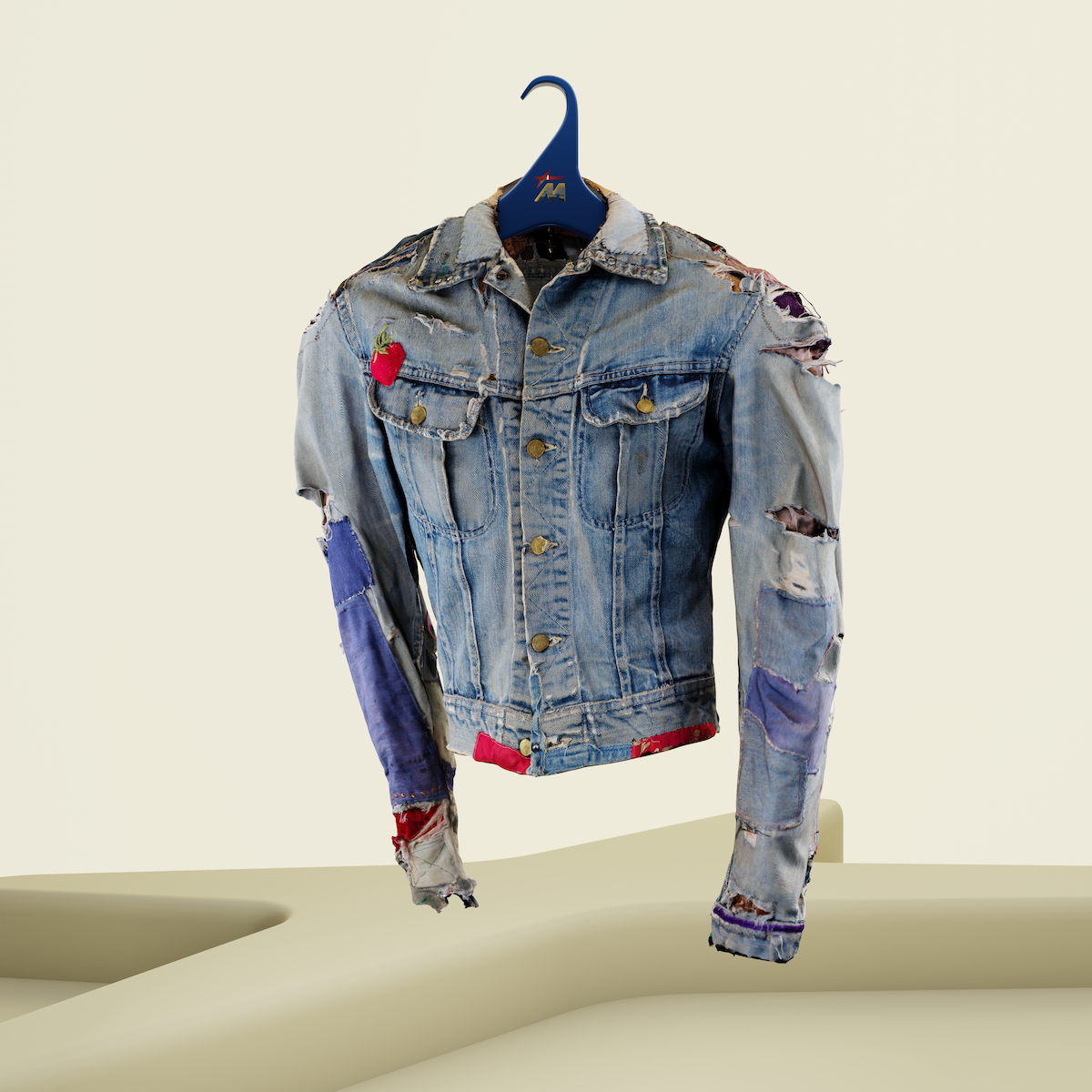
Did you ever think you'd be making NFTs?
SW— 100% no. Honestly. My dad was the first person to ever talk to me about Web3 and NFTs. And I shit you not, 10 years ago, 10 years ago, he was pushing me to do a Round Two token. I just thought he was a loony. My dad's a real tech guy, always been into software development and stuff like that. And I'm like, man, this is way too high level for me. But fast forward, here we are. And I'm like, wow, if I would've taken his advice 10 years ago and maybe would've accepted some Bitcoin at the store, damn. But yeah. No, I never thought I would. I guess I didn't think that the digital world would play such a big part in our physical, butt that's just continuing to come together, and I'm into it.
BR— One thing is that we're looking at the underlying tech behind it, showing ownership and allowing it to potentially go into different places. If you own this digitally, then where else digitally can this show up? How does it work to go across different spaces? Looking at the backend tech has been super important to us on this project, as to how we can utilize it and provide utility for people. That's something that's also big with us.
SW— Agreed.
You bring up a great point, I feel like we're shifting toward this digital landscape, but a lot of people still have no idea what that means. What's one thing everyone should know about Web3?
SW— For me, what people should know about Web3, is that it’s no different than using your smart TV and choosing a streaming platform to watch. When that tech came around, we were almost offended by it. Same as we are now. Oh my gosh. We're not going to Blockbuster? We're not going to a Redbox? We're always so offended by new technology. What I would tell people is that it's no different. Look at this like you're just signing into your Apple TV or something like that. It's not that crazy.
BR— There’s always hesitation on something new. But anything that lives in the physical world you also see pop up more and more in the digital world. Right now there’s just an overall lack of hardware where we are. When the hardware starts to catch up with the software, you're going to see something magical happen there. As we all talk about this day in, and day out, it kind of feels like we're in this pre-iPhone/iPod era where the tech, it's emerging, but we're going to need some hardware adoption as well to help bring this thing along.
SW— For sure. There's a lot of dreaming going on right now. That's how I know that we're at the front of something big. Every conversation I'm in, everyone's thinking so outside the box. There are so many questions unanswered going forward into Web3 that this is guaranteed to be a huge part of our life. It just makes sense at this point.
Have you seen Space Jam 2?
SW— Unfortunately.
Yeah. It was awful. But whenever I think of Metaverse, I think of them going into the game. That idea was cool.
SW— Even the original one where Michael Jordan goes into the hole. Up until Space Jam 2, I was the biggest Space Jam fan in the entire world because when I was younger, I truly believed, not because I was an idiot but because I was a kid and kids like to imagine, that there was an opportunity to go deep enough into the earth that I would end up in a cartoon land. And the belief of that was probably the coolest shit you could ever dream of. And then Space Jam 2 completely just... I don't know.
No, it killed it.
SW— Yeah, it killed it. But that's the thing with Web3. I feel that same excitement, actually.
Are there ever any obstacles to transferring real-life objects to digital counterparts?
BR— Oh Yeah…
SW— Okay… I'm on the easy side of it. I'm just like, oh, let's do this and that. And then I walk away. Brennan, his life has been absolutely fucking treacherous with this stuff. It's just terrible. It's been horrible. Right? It's been horrible.
BR— No. It's fun. It's problem-solving at the highest degree. And when you're trying to do something new, actually really fun. When you're in this more corporate structure, a lot of people are like, oh, don't tell them what we're working on or don't tell them what we're working on. Everybody in Web3 is working on stuff together, and everybody is trying to solve and blaze the trail. It's eye-opening when it's like, hey, you're working on this very difficult thing, and we're also working on this very difficult thing. And people share the info. And other people that are in this digital fashion space, we're all blazing this trail together, and people are doing their own unique things. The problem is, a lot of times it's relatively easy if you're asking an artist to hand draw something digitally, and then the output is also that garment digitally. It all works. But what we're doing, which is so difficult, is we're taking something that physically exists, we're scanning that in and then we're running that through the digital pipeline of how an artist will get it to animate. Sometimes they come in too flat, and you're like, well, that looks like a piece of paper. But it needs to be a pair of jeans, so you need to add more volume and all of those things. Each one is a tough decision, and if something spins on a hangar, how do you get it to react where the wind works the right way? All of those things have to be invented from the ground up. There isn't an industry standard, so literally, each touchpoint of the garment has been something we've thought through. And it is a very difficult task, but we now feel really confident about it as we've gotten this first collection done. We're proud of it. And we also like the foundation that we're building on.
SW— Our attention to detail goes that deep. This would've been a lot easier without me because I want every single string of cotton to be represented. I shit you not. We go through a review, and I'm comparing the real one to the digital. And I'm counting these microscopic threads to make sure that it's exactly perfect. I've never had the opportunity to be that detail-oriented, so it's also exciting to know that as far as we want to take it can be done. We didn't take the easy route.
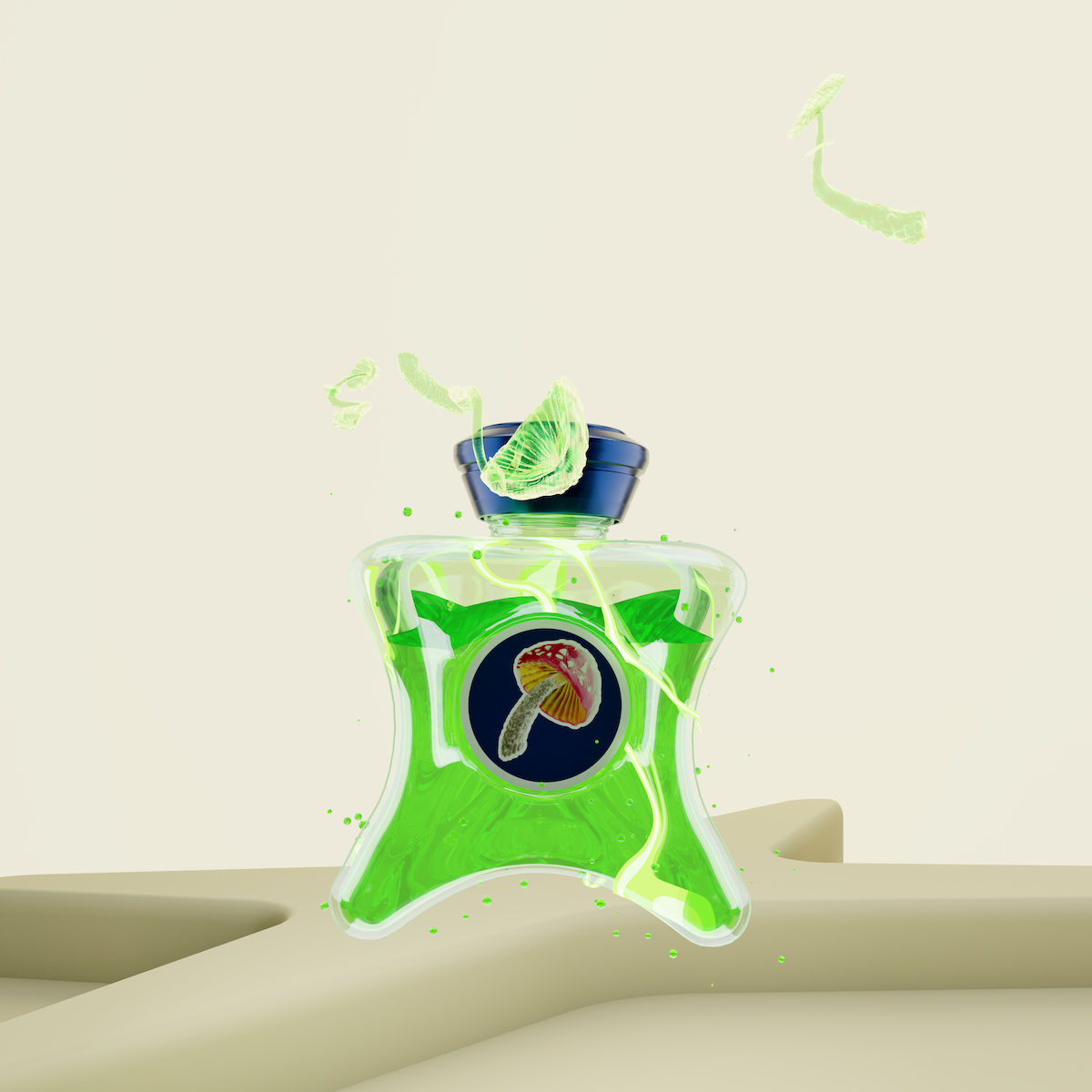
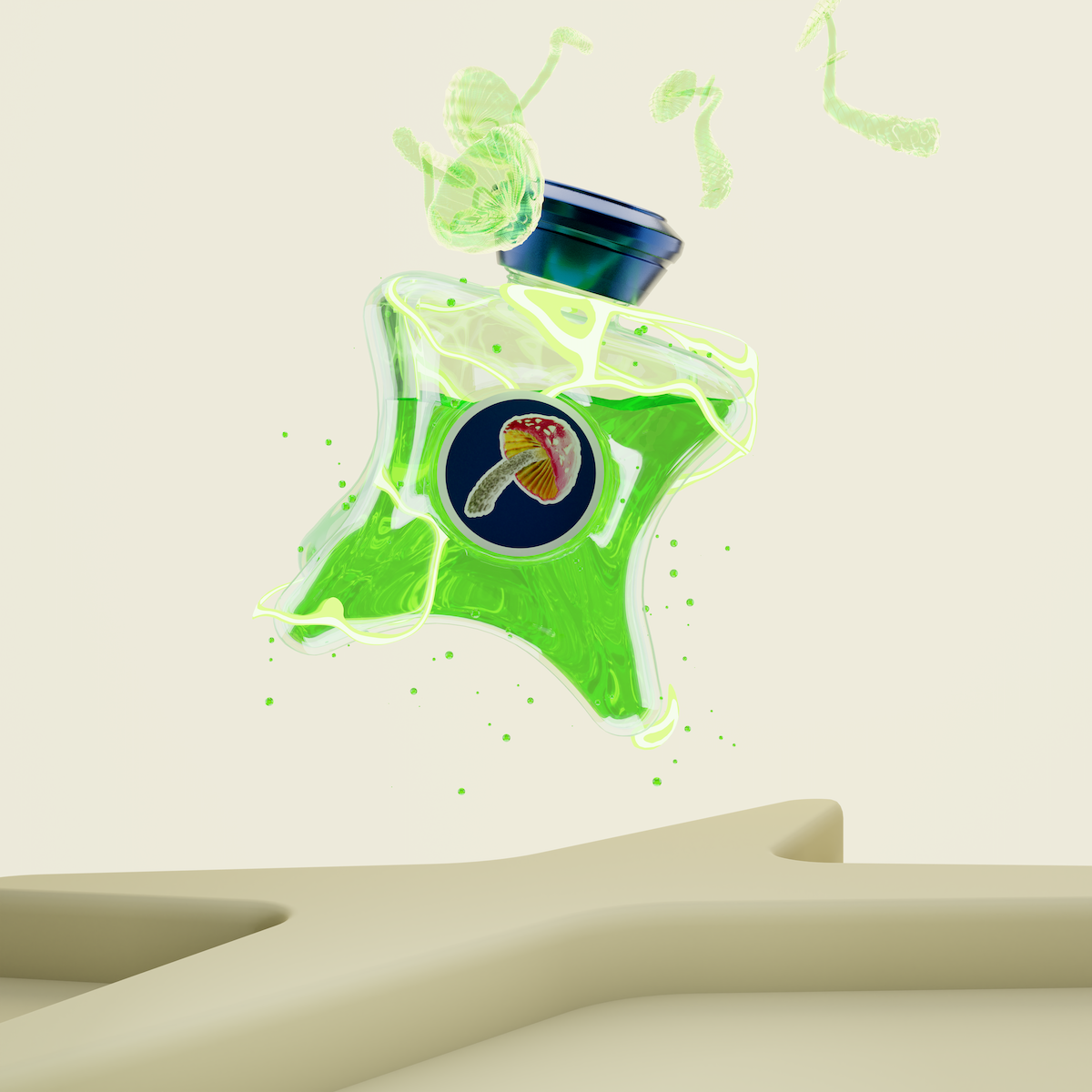
The inks were a cool concept, letting people use them to customize their jackets down the line. What made you think of that?
SW— Just being a part of it for me. Being a sneakerhead and living in the early days of Nike ID, meant more to me than anything in the world. Being able to put my little SW or initials or something on a shoe, I truly felt like I was a part of it. And then fast forward, when I'm talking about that denim jacket and the embellishments that person made, I'm like, okay, customization means everything. That defines our product. It might not have character or personality unless we give the person the chance to put their spin on it. That's us saying, "Hey, you get to look at this through your lens," and then you get to finalize that. And that gets to be on the blockchain. It's huge. It means everything for the story and then the story that item creates going forward.
BR— As we were ideating, one thing that kept coming up is the test of time, whether you look at the '60s and the patches people would put on their denim or before that, people are always customizing their garments because it's an expression of who you are. Doing this project, we knew that that was important to us. And we were like, okay, how are we going to bring this to life? And as we went down this road of inks, it's been also really fun to think about, how else can inks interact with different things digitally. We've been so focused on apparel, but you have an apparel product silo and an ink product silo. And the inks digitally, now that you have the base design to them, you could take that potentially other places as well, which is fun for us to think about.
Is there one thing you've yet to digitize that you'd want to see online one day?
SW— I got a whole rack of stuff right here that I'm excited to scan in. Thousands of items. I want the whole world to be scanned in. So there's not even just one item that I'm waiting to scan in. My whole thing is to build a scanner farm, and scan in every item that's ever been known to man in the physical being.
Would you ever live in a digital version of Richmond?
SW— My avatar?
Yeah, your avatar.
SW— Sure. As far as my avatar is concerned, he can live wherever he wants. If he wants to do a few years in digital Web3 Richmond, that's cool. I would hope he ends up in maybe Hawaii or whatever digital Japan is.
Could we see a digital world in MNTGE’s future?
SW— I think you can see us being a part of a lot of worlds. That's a key plan for us. Watching all these other companies and brands or whatever starting their worlds and their metaverses and whatnot, we just want to be the clothing that highlights that. When you think of Levi's, for example, they just create quality products. It's up to the consumer from there on what world it could live in. We're taking also a super traditional approach but also applying that to Web3 where it's saying, hey, we're going to create quality goods that can be versatile and used in any world. And so that's how I see it.
BR— Yeah. And one thing that comes with a big challenge, too, is that it’s easier said than done. That's a lot of hard work, but that's something we are actively working towards.
SW— Interoperability.
BR— A rabbit fits a jacket differently than a bear, who fits a different jacket than a human. Those types of things take design work. They take resources. They take time.
SW— Yeah and we’re working through it.
BR— Exactly, we're working through it, and it's a fun challenge for us, for sure.

